The choice to visit Kathmandu during our trip to China was born unexpectedly. We found a really cheap flight that would take us home and was within a reasonable distance from Lhasa.
Nepal had long been in our imagination as a destination for fascinating trekking in pristine mountains. Unfortunately, on this trip, the few days only allowed us to explore Kathmandu and its surroundings. Colors, scents and emotions can be seen in every corner of this city that still bears the painful scars of the 2015 earthquake.

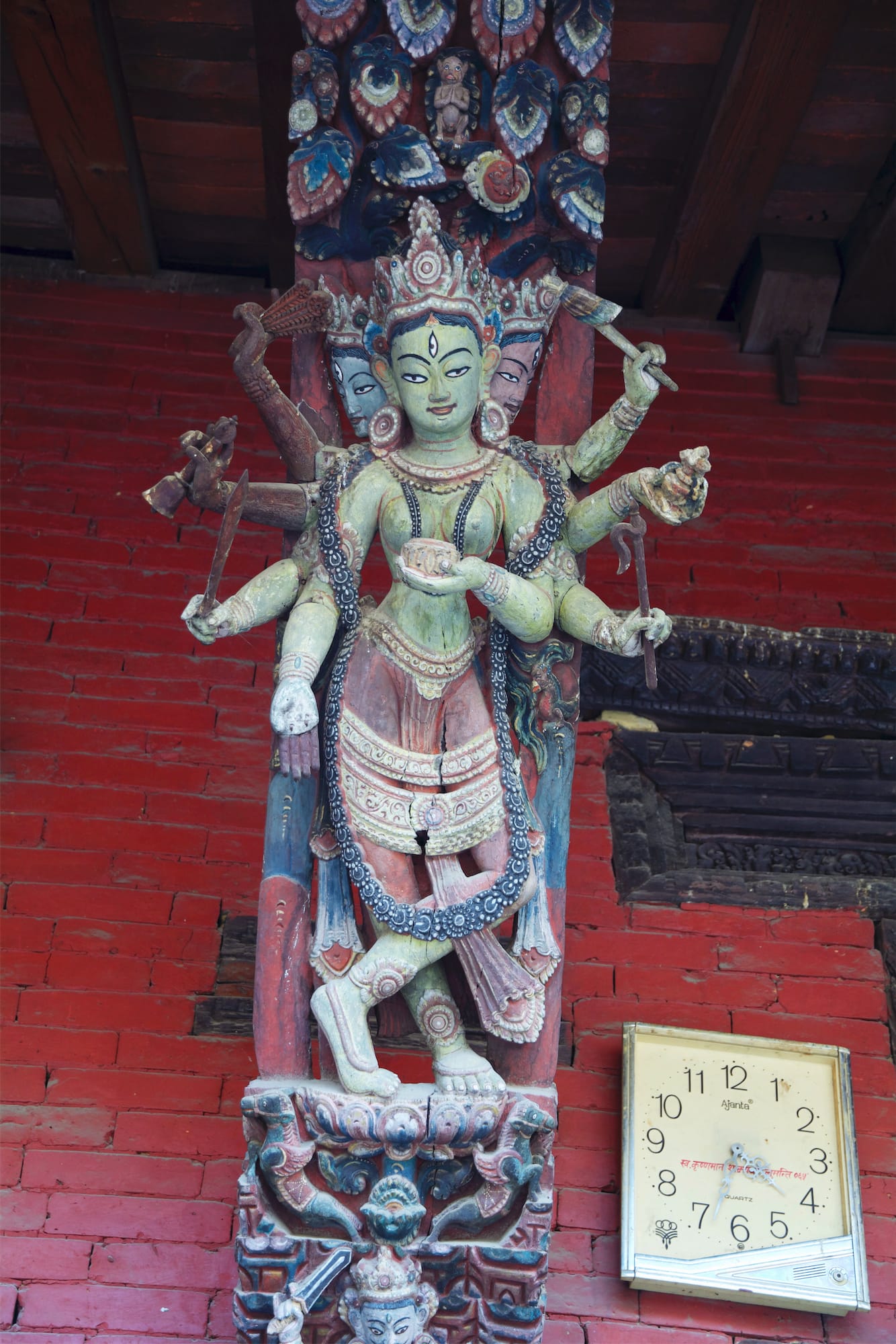
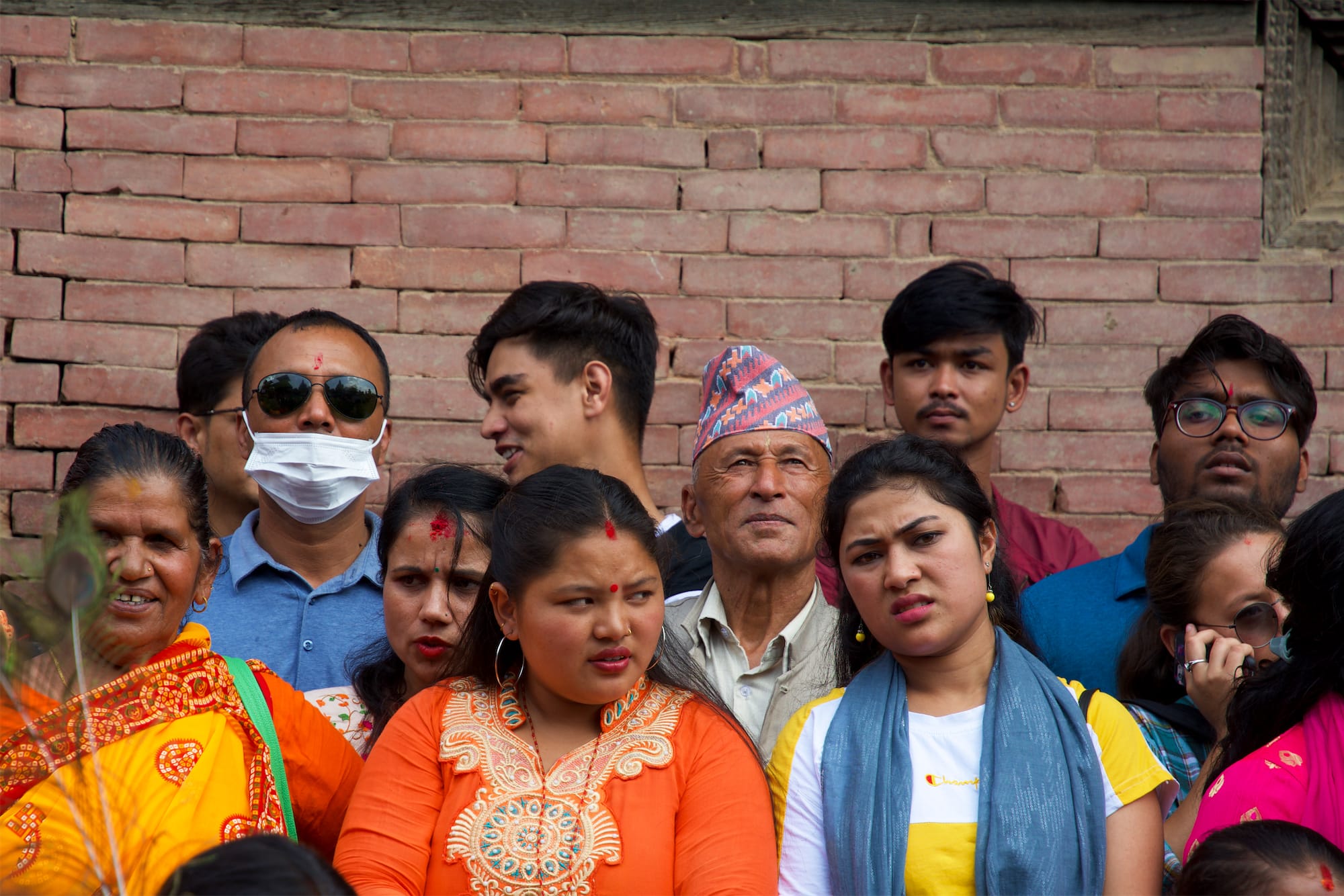
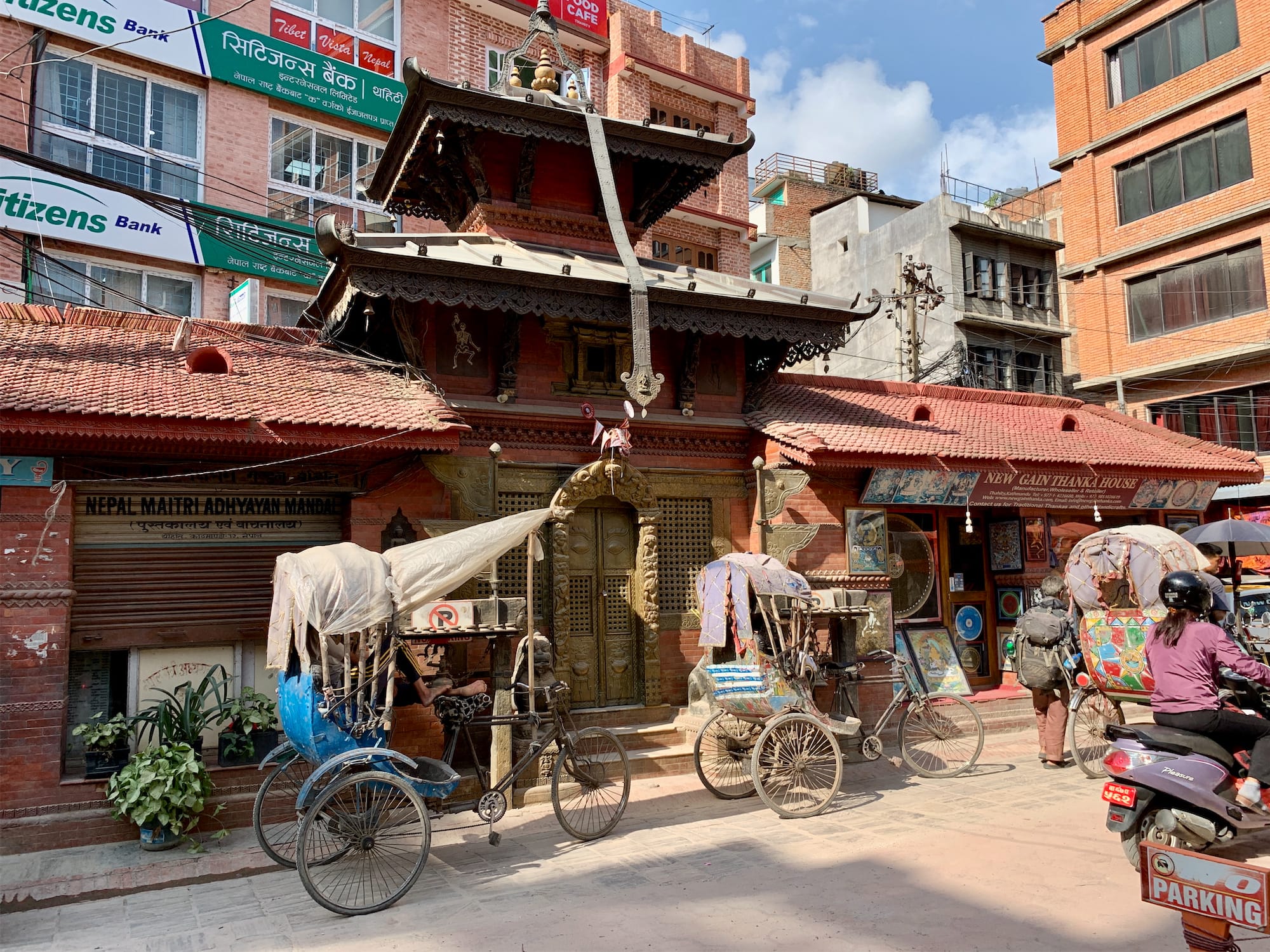
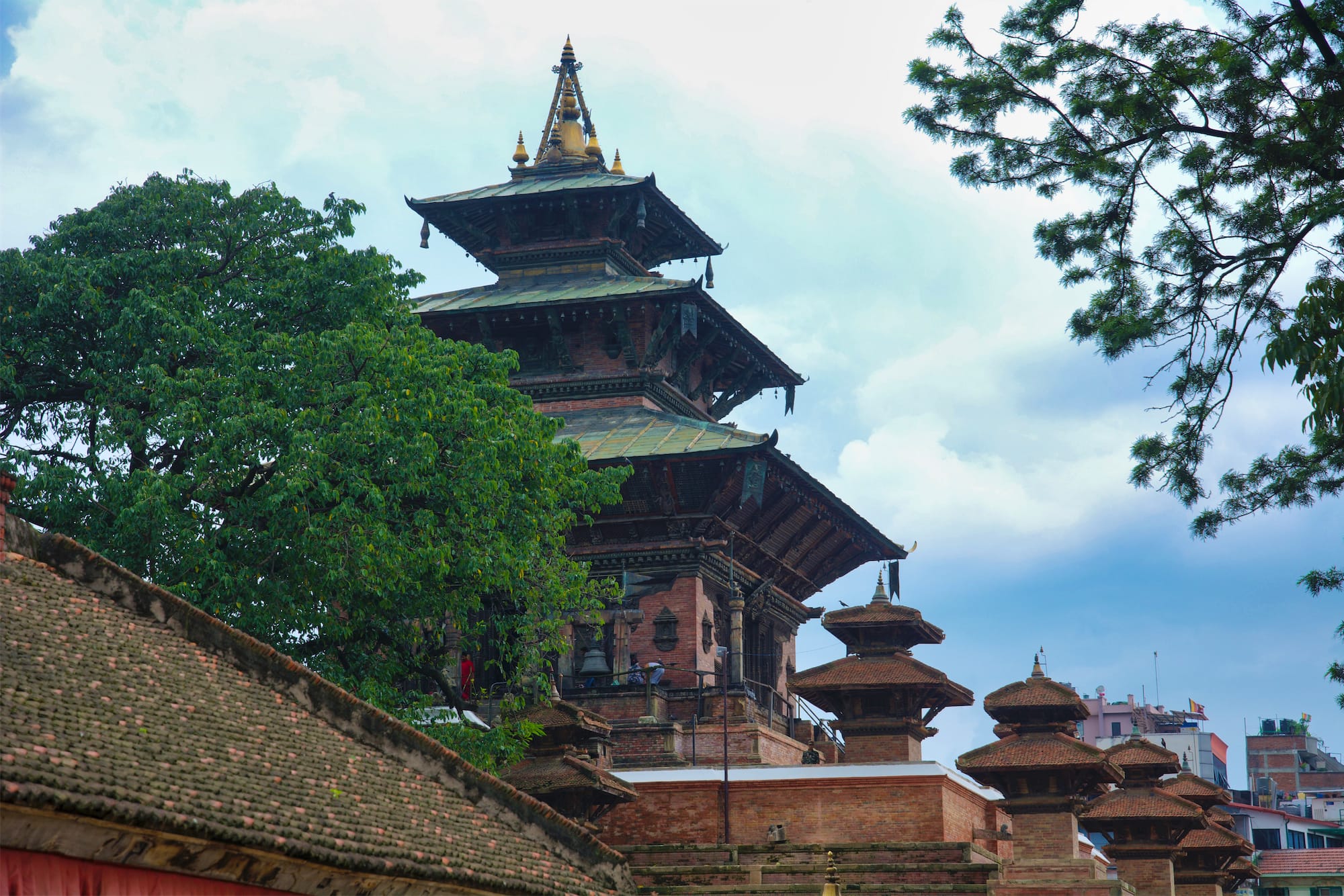
We have decided to collect the unmissable points of interest for you, which can be easily visited in 2-3 days in full autonomy.
Old city
If you want to orient yourself in the narrow streets of Kathmandu, you have to refer to Durbar Square, the main square of the city, the reference point for the history and life of the country. The square is in fact composed of three distinct squares, connected to each other: Basantapur Square, which then continues into the heart section of Durbar Square, and then ends in the north in an area full of small temples.
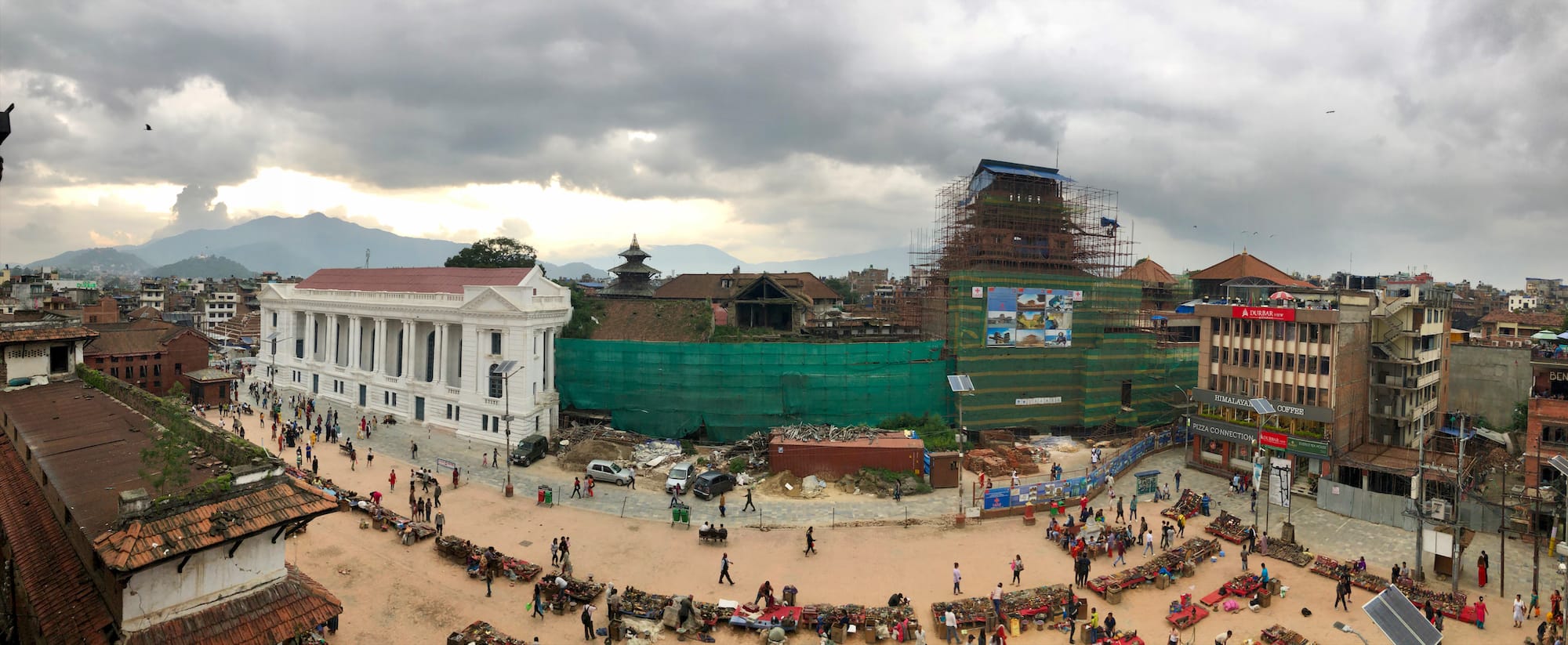
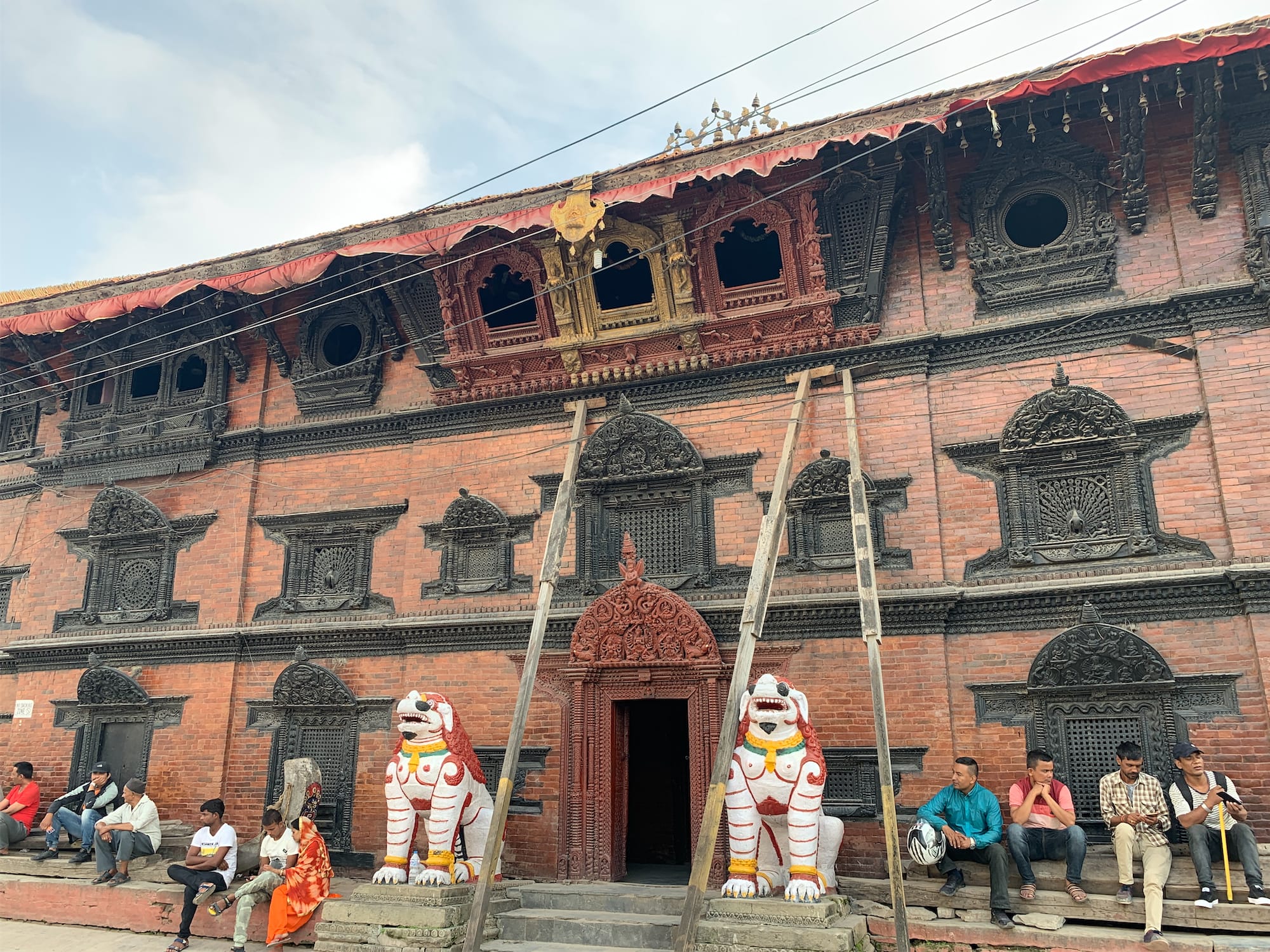
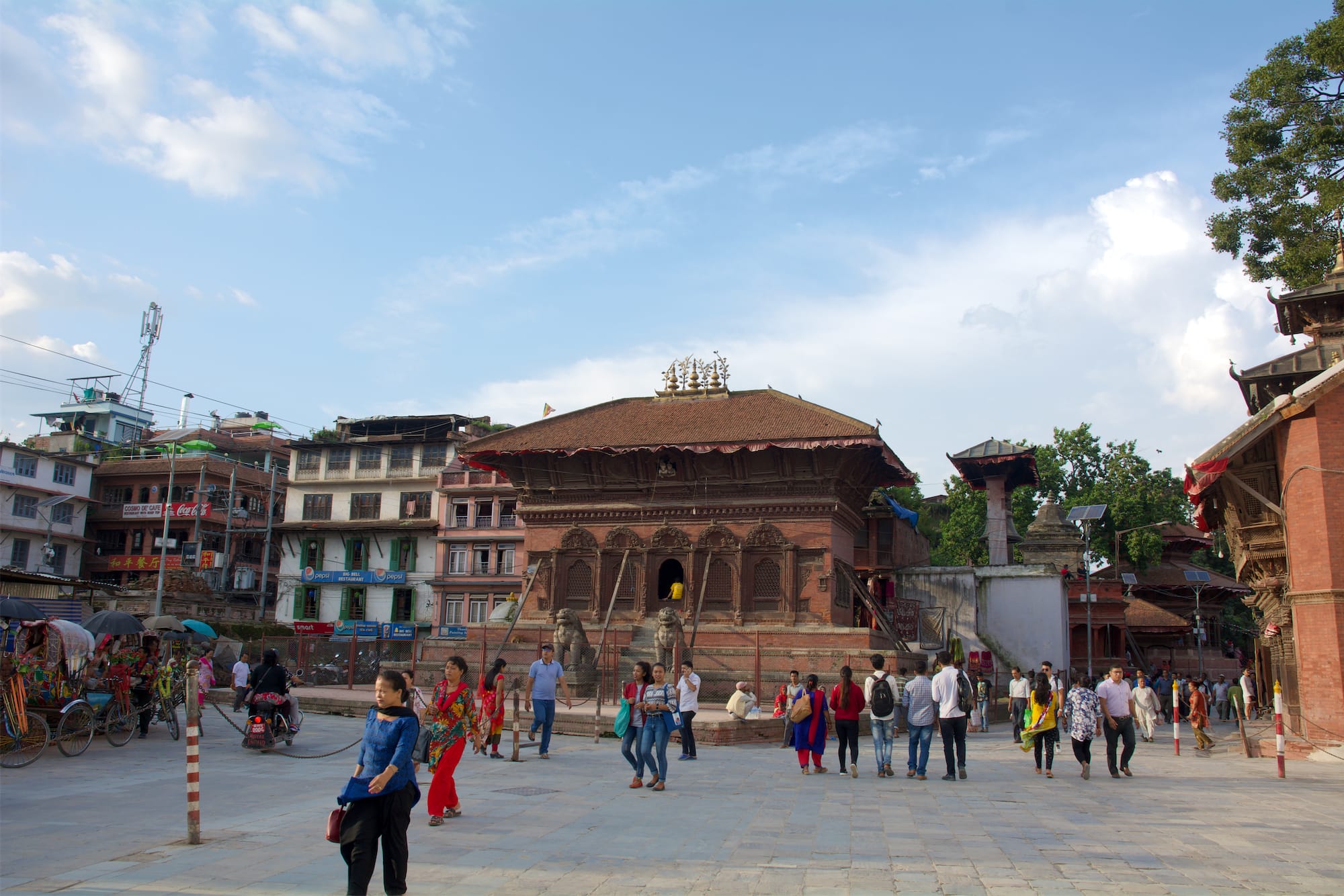
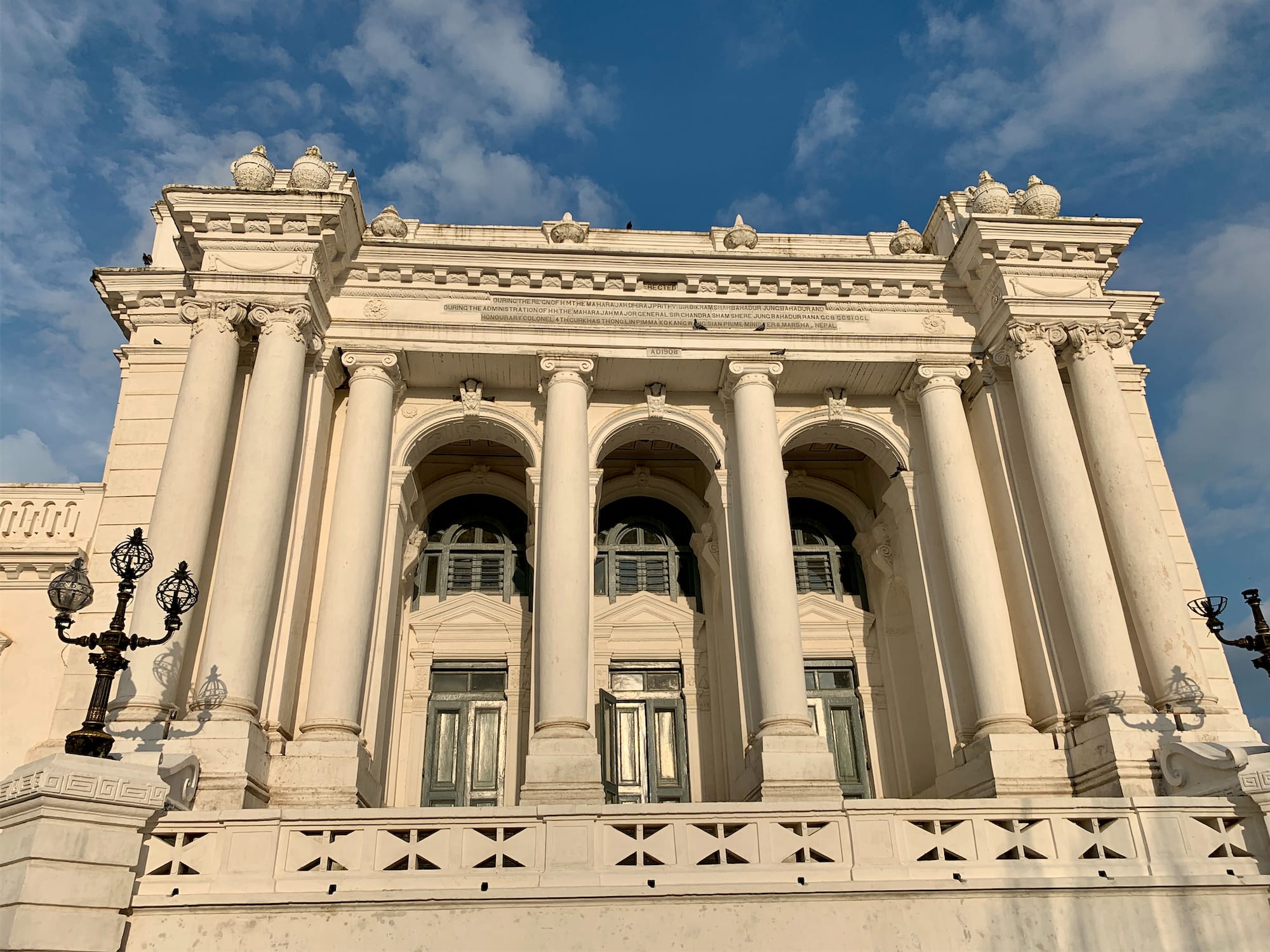


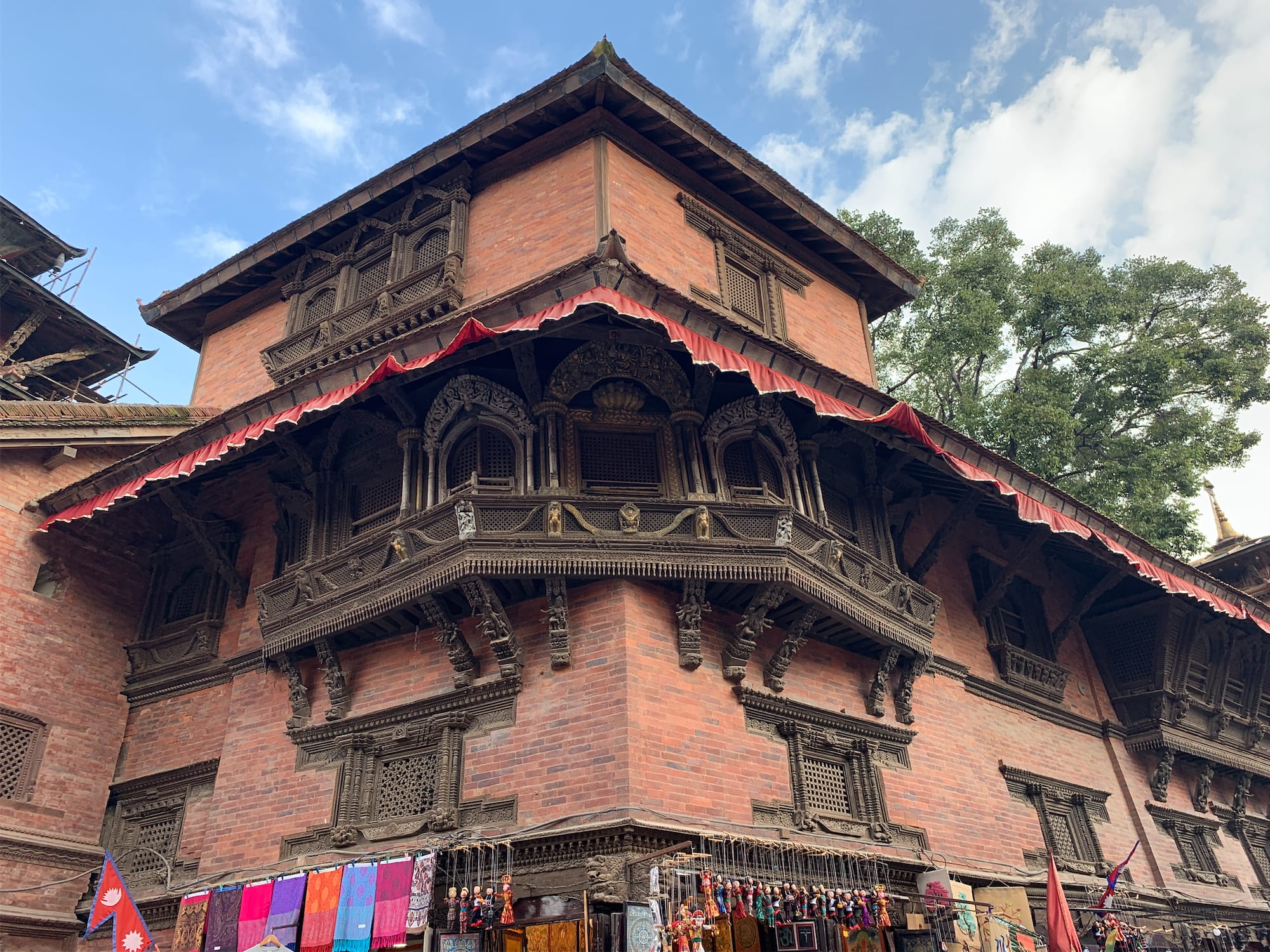
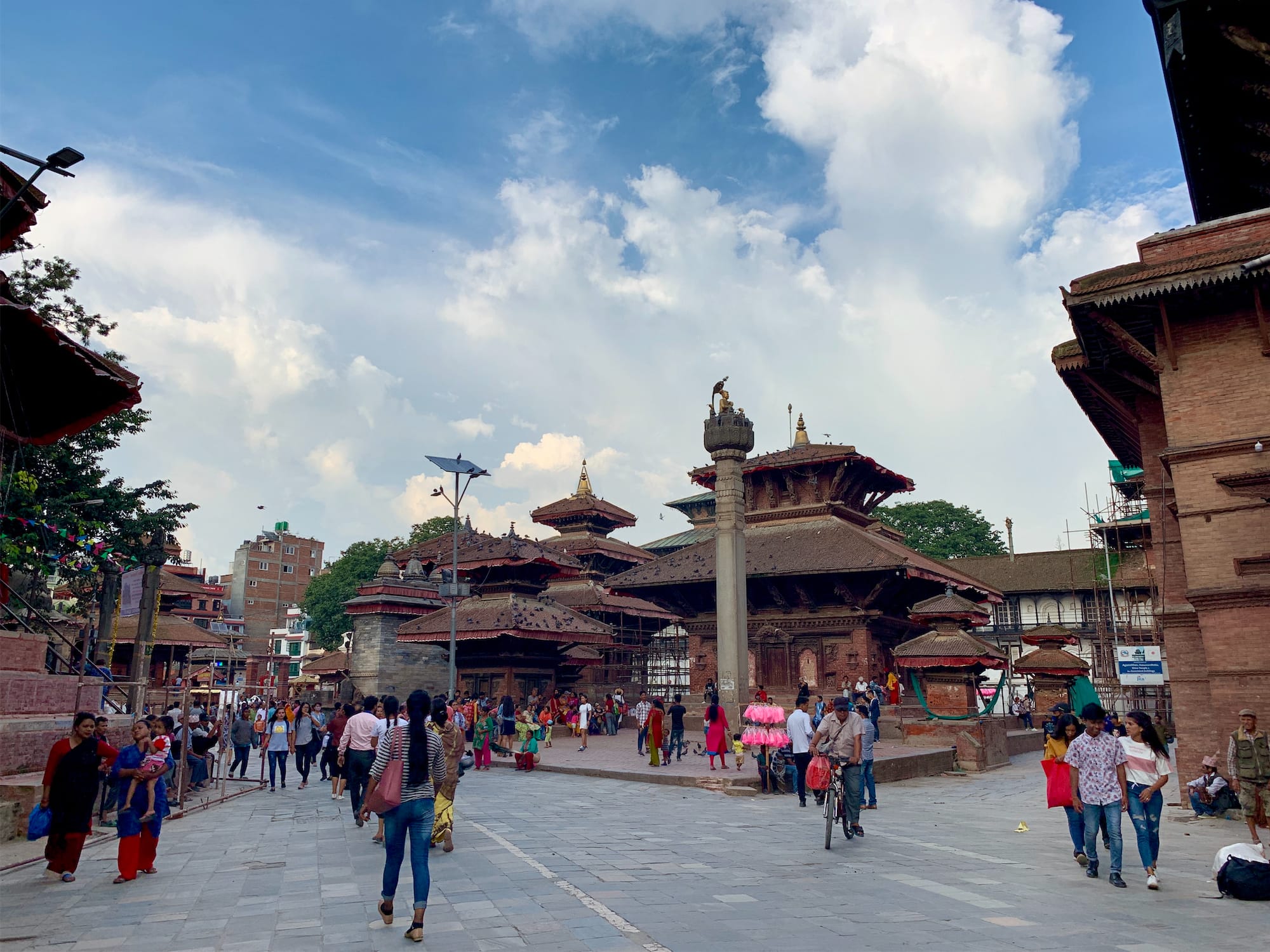
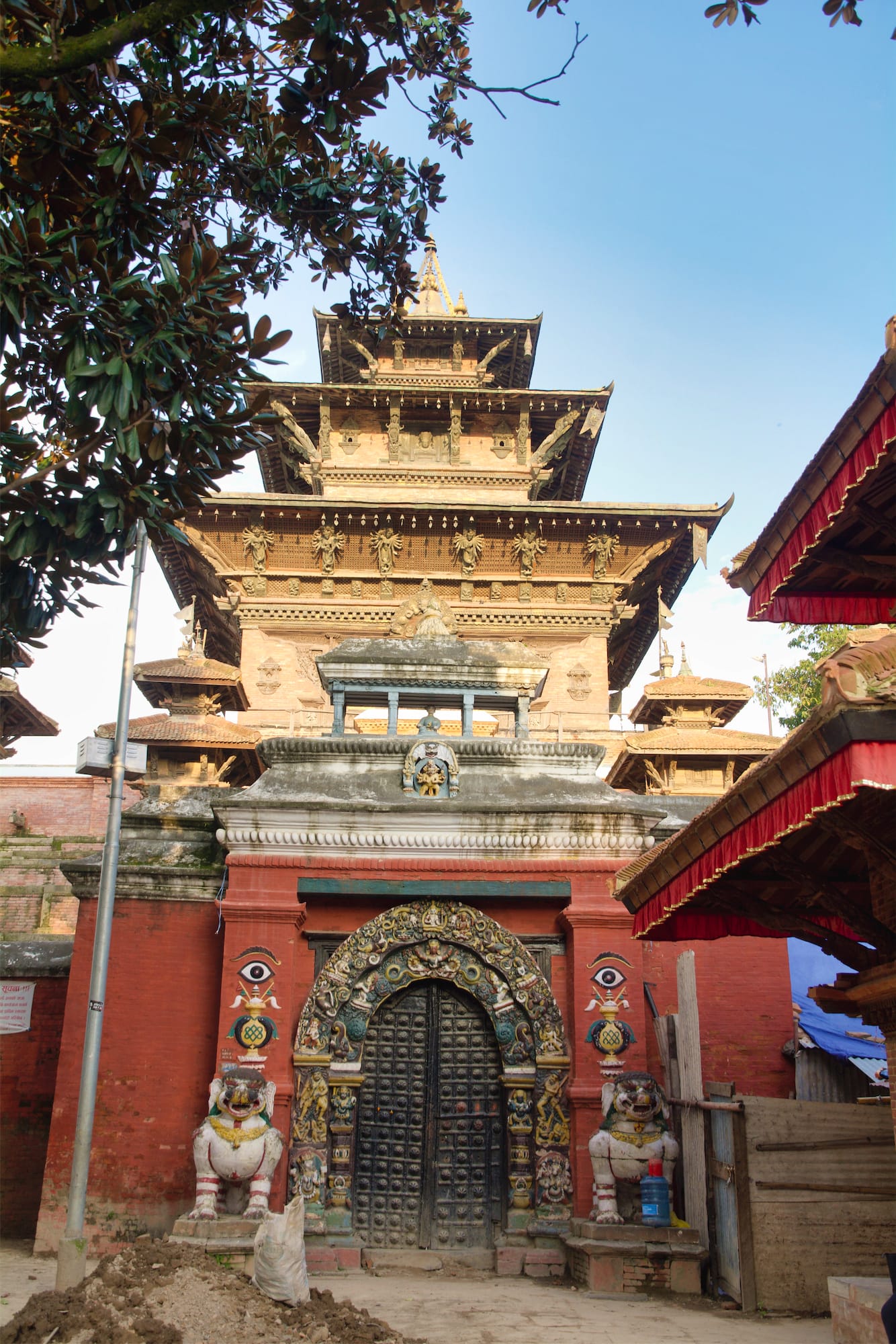
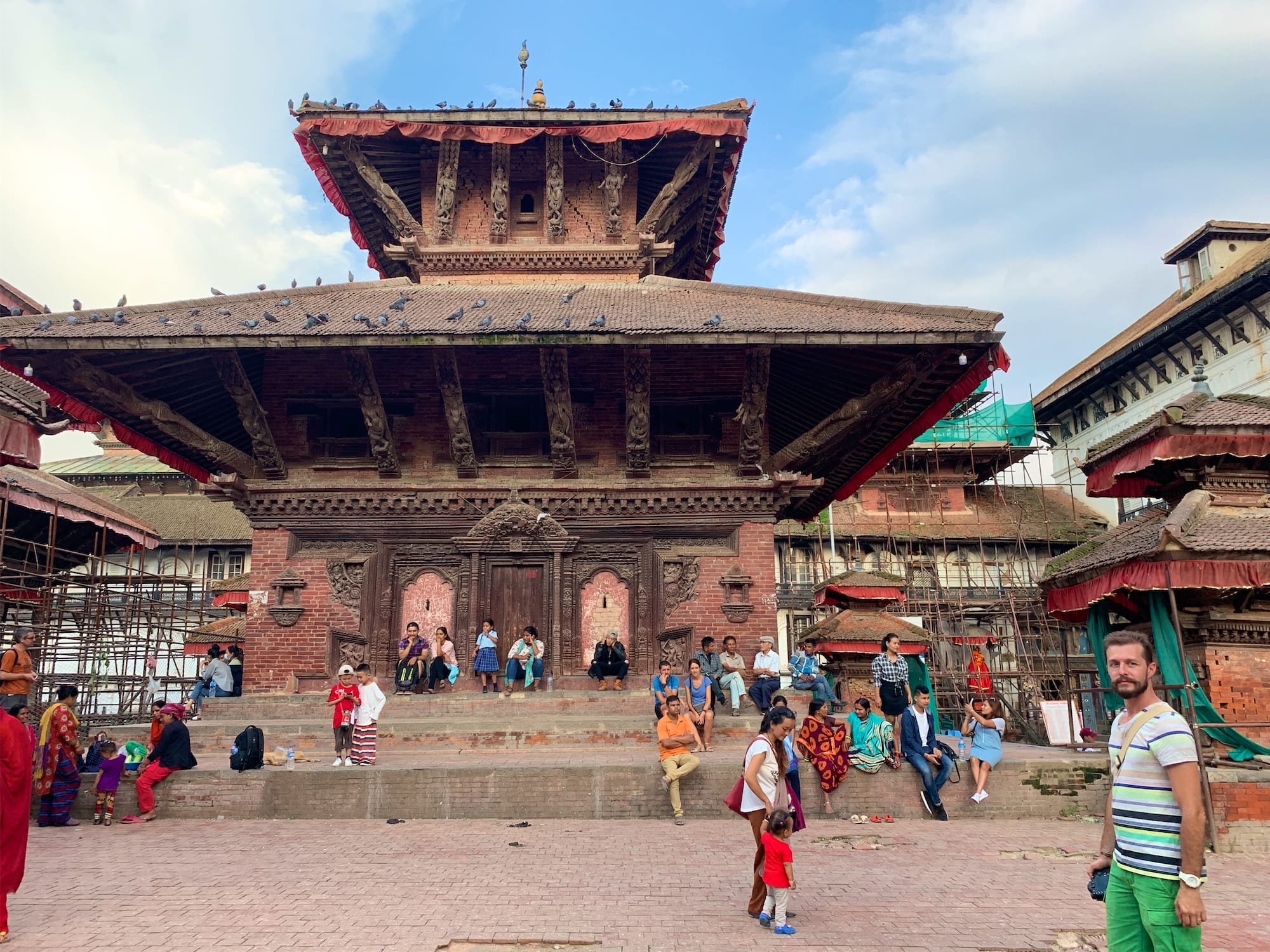
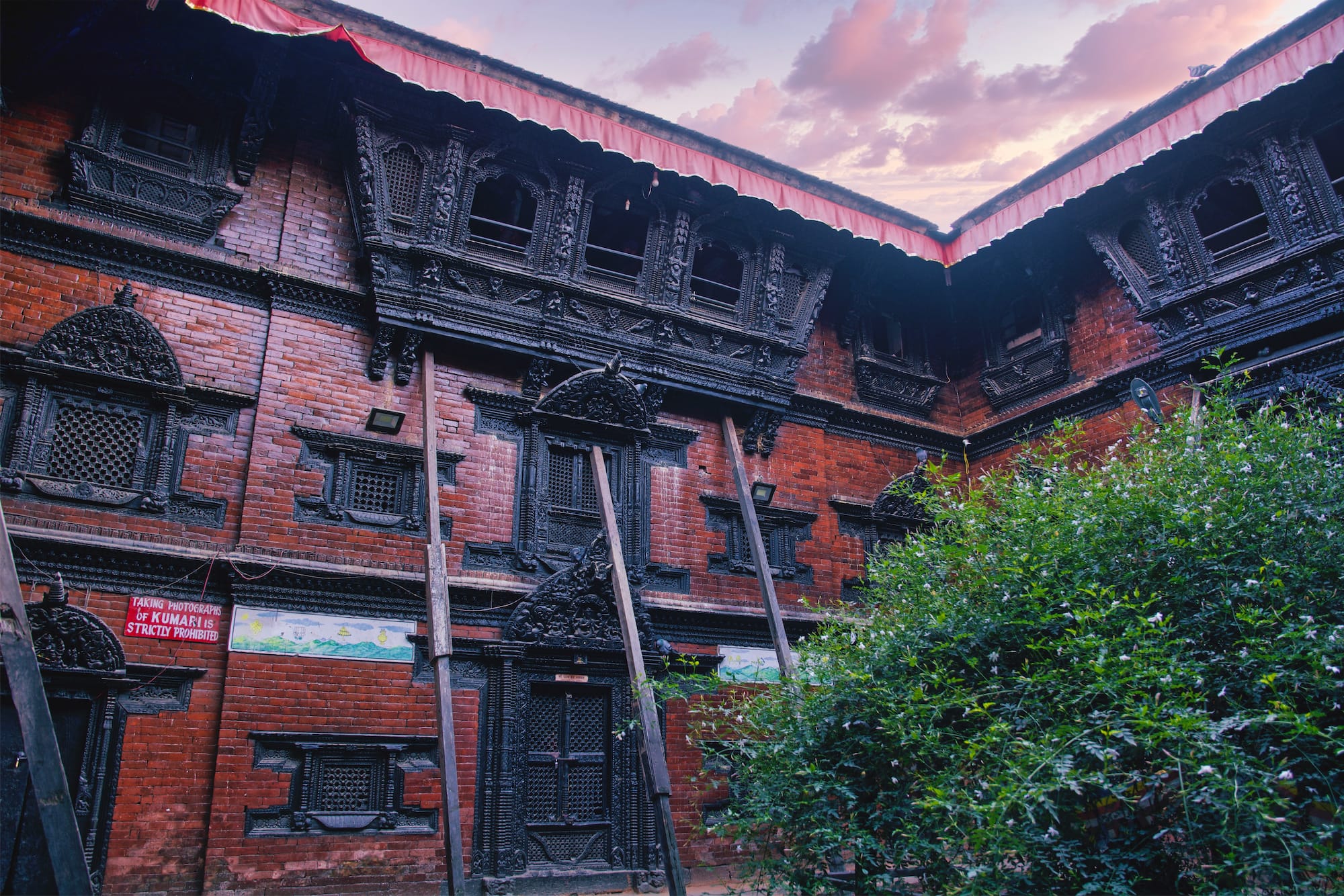
Although the signs of the earthquake are still present, several buildings of interest overlook the square, which are undoubtedly worth a visit. The building with the most unusual history is certainly the Kumari Bahal, where the Kumari, the child chosen as the living goddess of the city, resides. She can be observed (but absolutely not photographed) when she shows from the windows facing the internal courtyard of the building.
Then continue the visit to the Hanuman Dhoka, the royal palace of Kathmandu. During our visit only a few rooms were open, renovations were underway, but the finishing and wooden details of the buildings are definitely worth the visit.
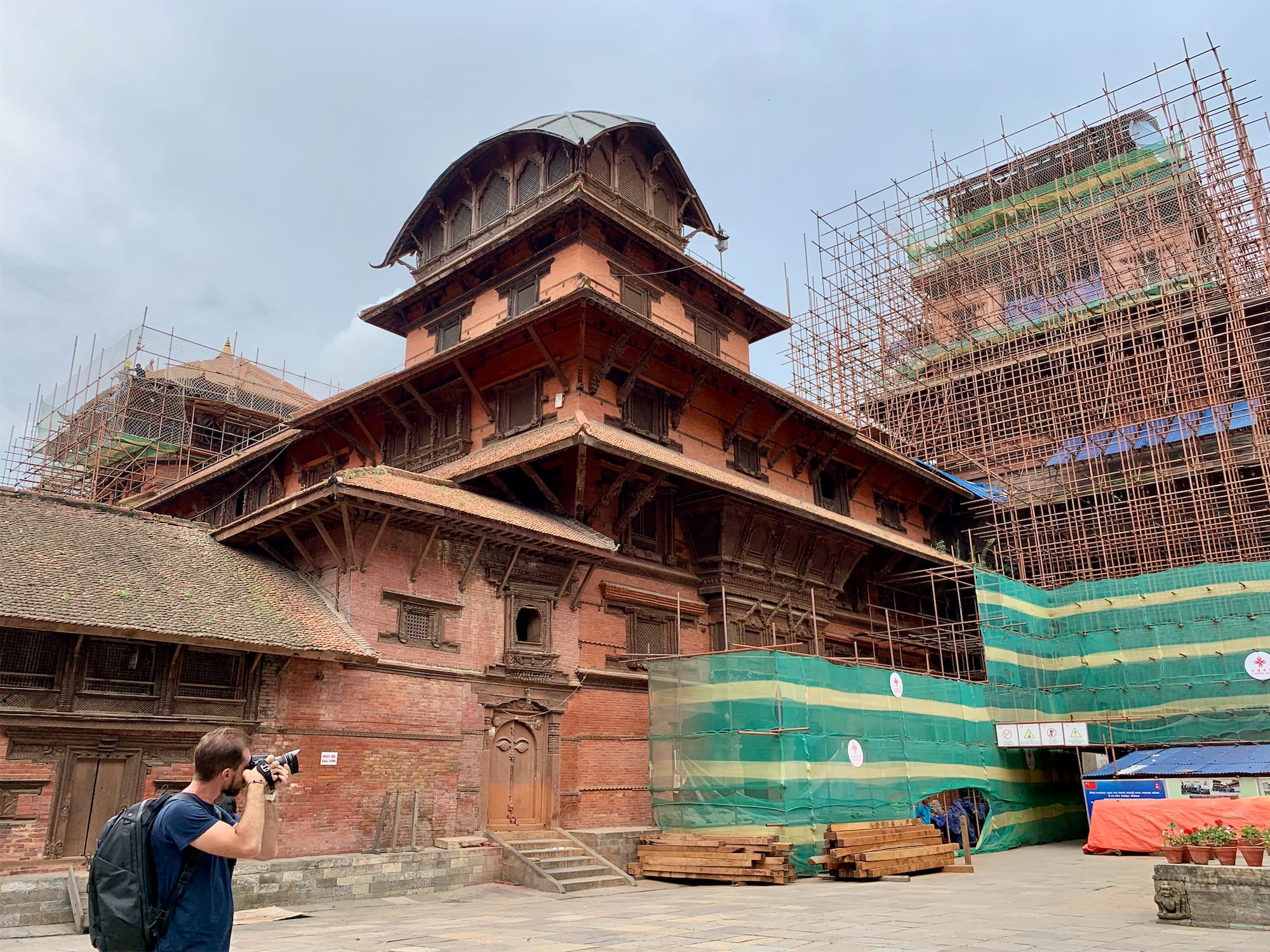

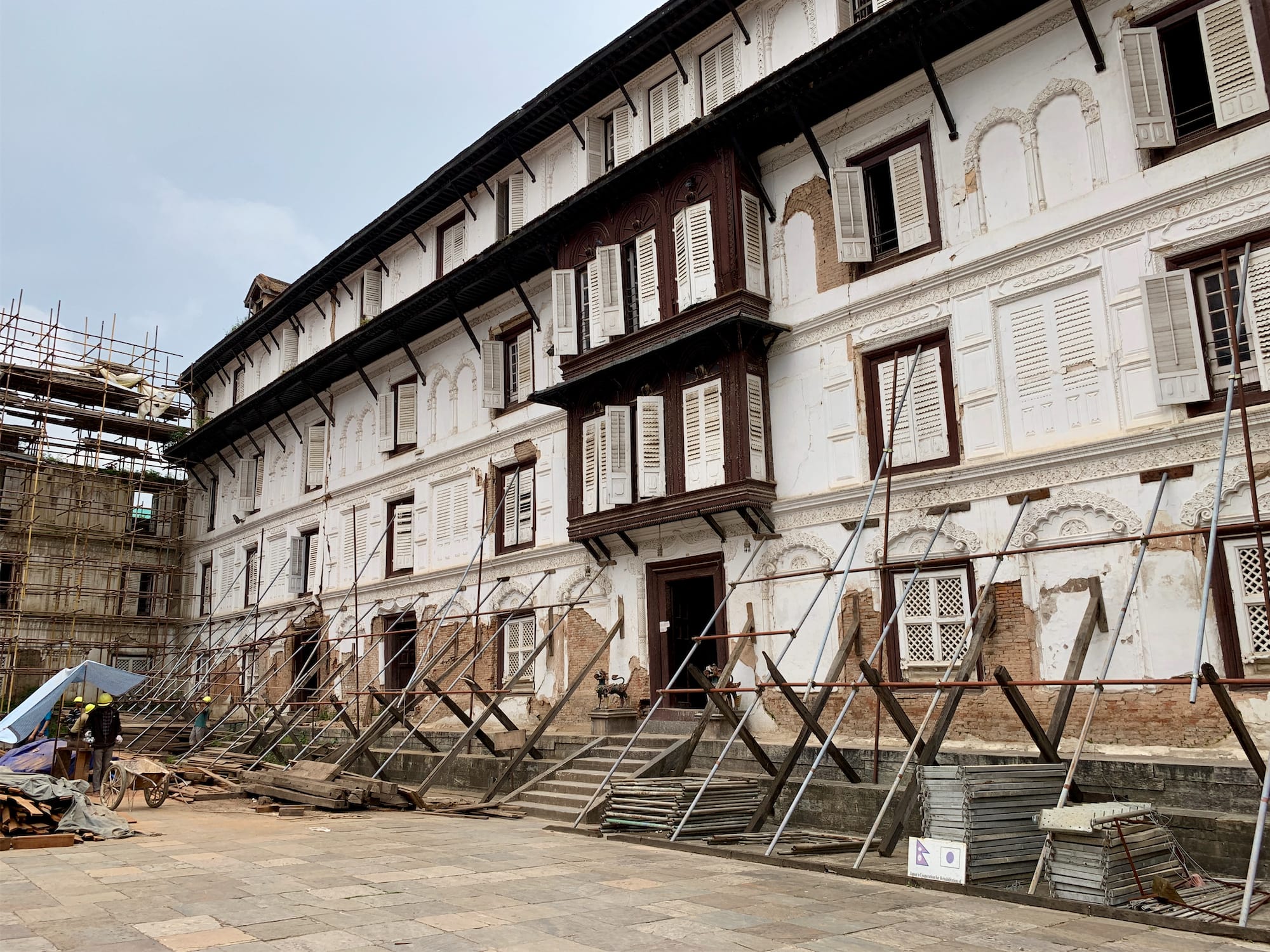
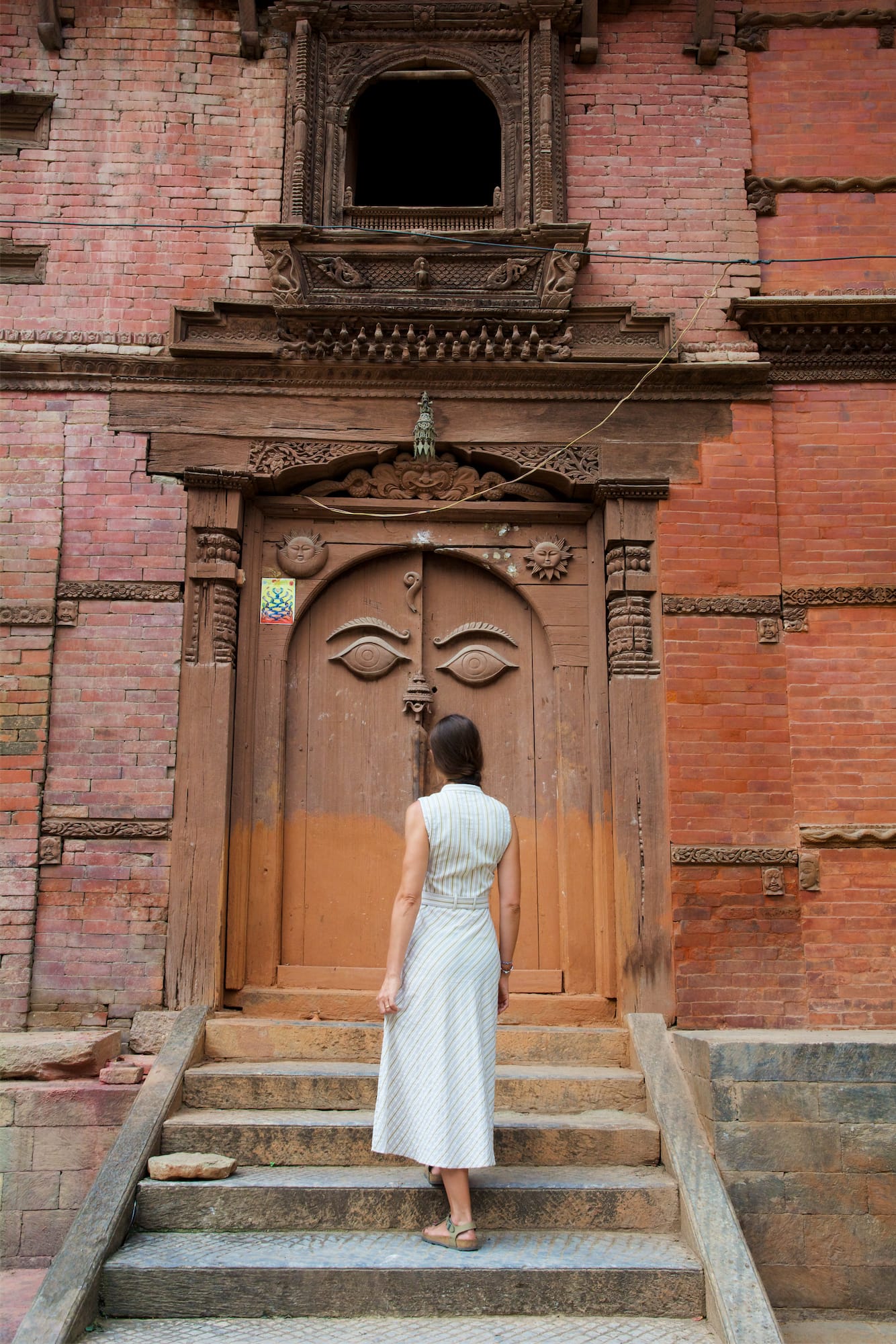
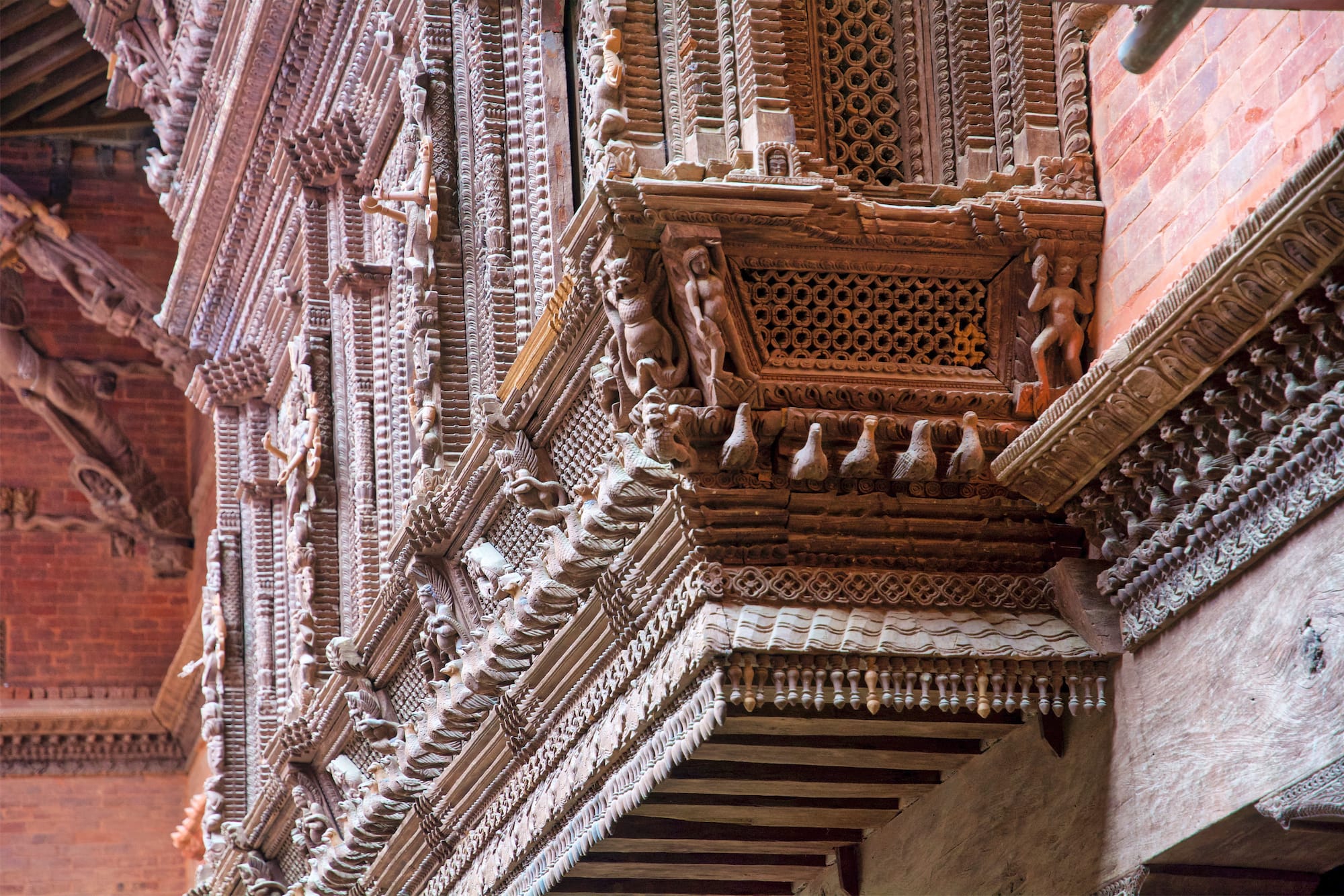
Retrace your steps and enjoy the area north of Durbar Square, here people stop to talk and dance among the beautiful monuments and small temples.

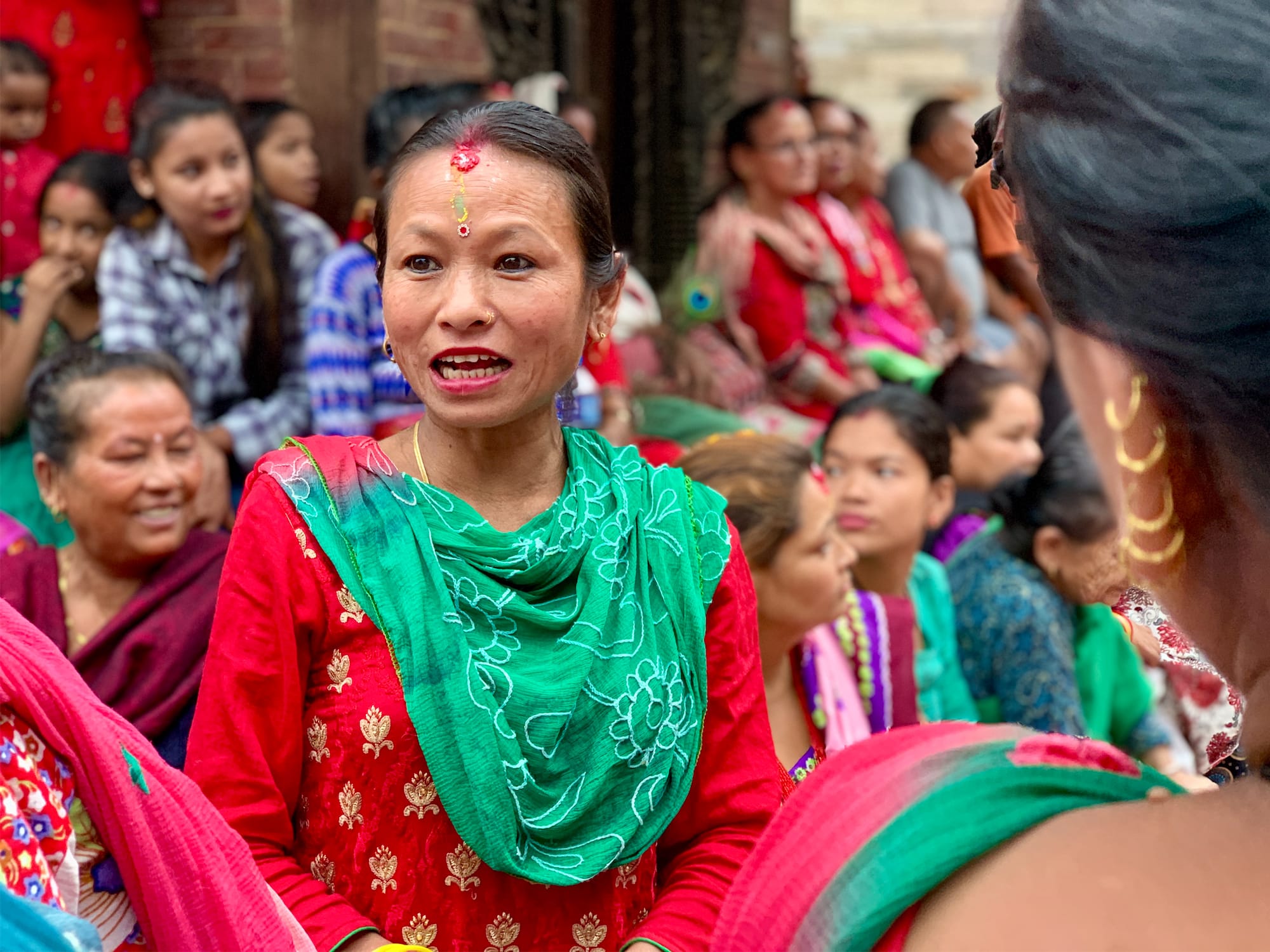
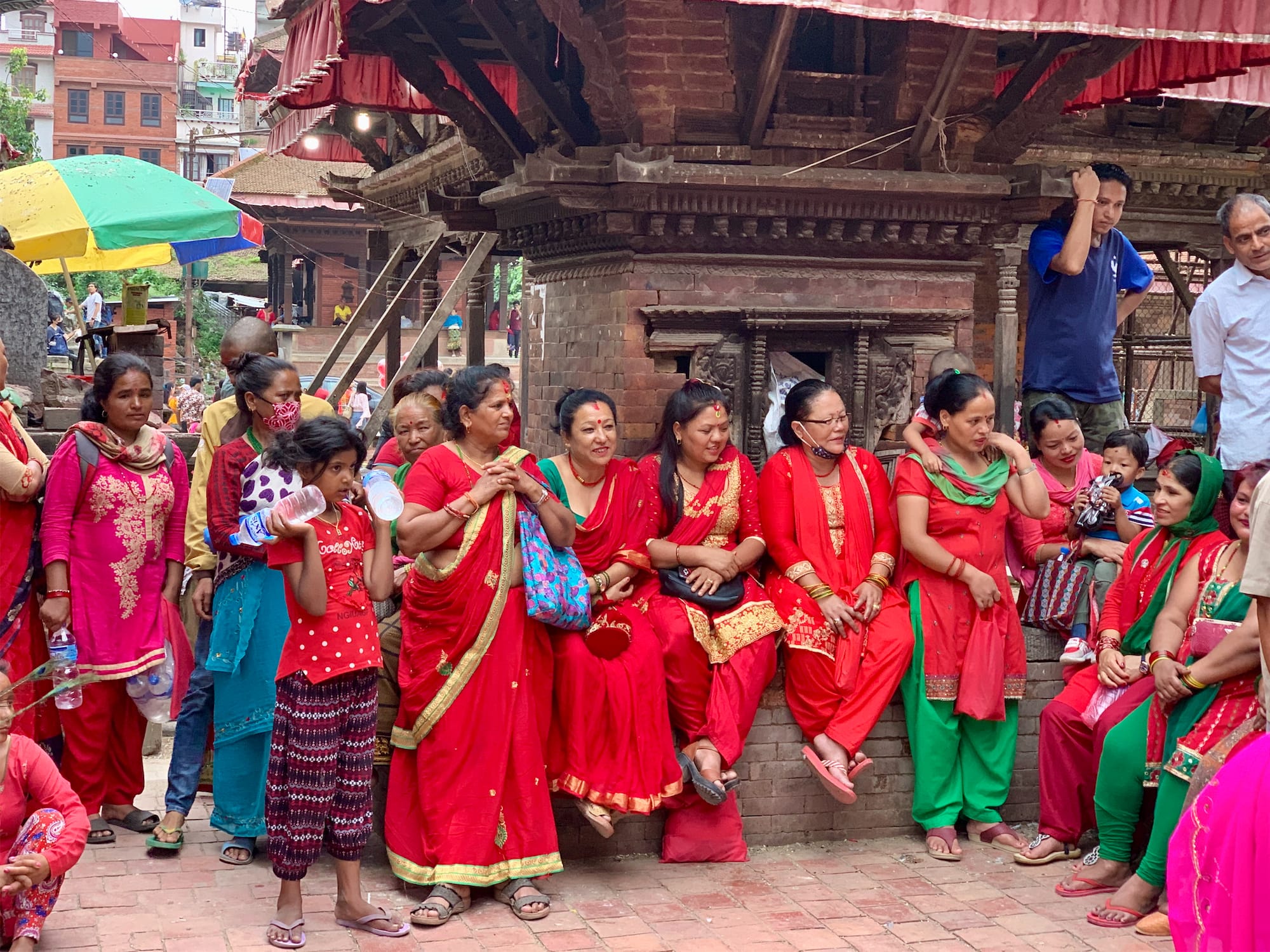

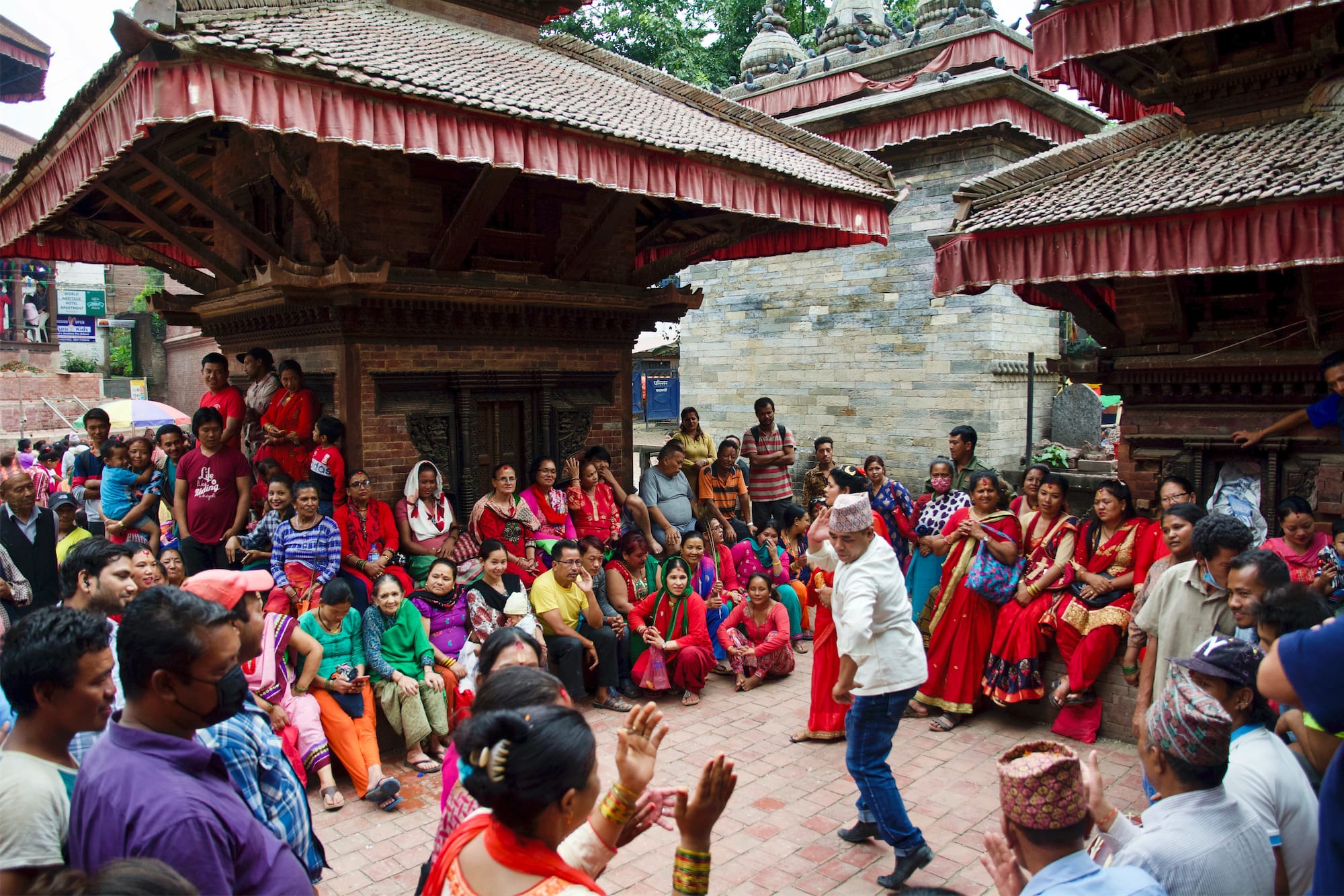
We are sure that two statues will strike you with their grotesque invoices: the Kala Bhairab (Black Bhairab), which represents Shiva in its most frightening version and the Seto Bhairab (White Bhairab), observable through a grate. In the center of the small square, there is the column surmounted by a statue of King Pratap Malla, often covered by the numerous pigeons that crowd the area.

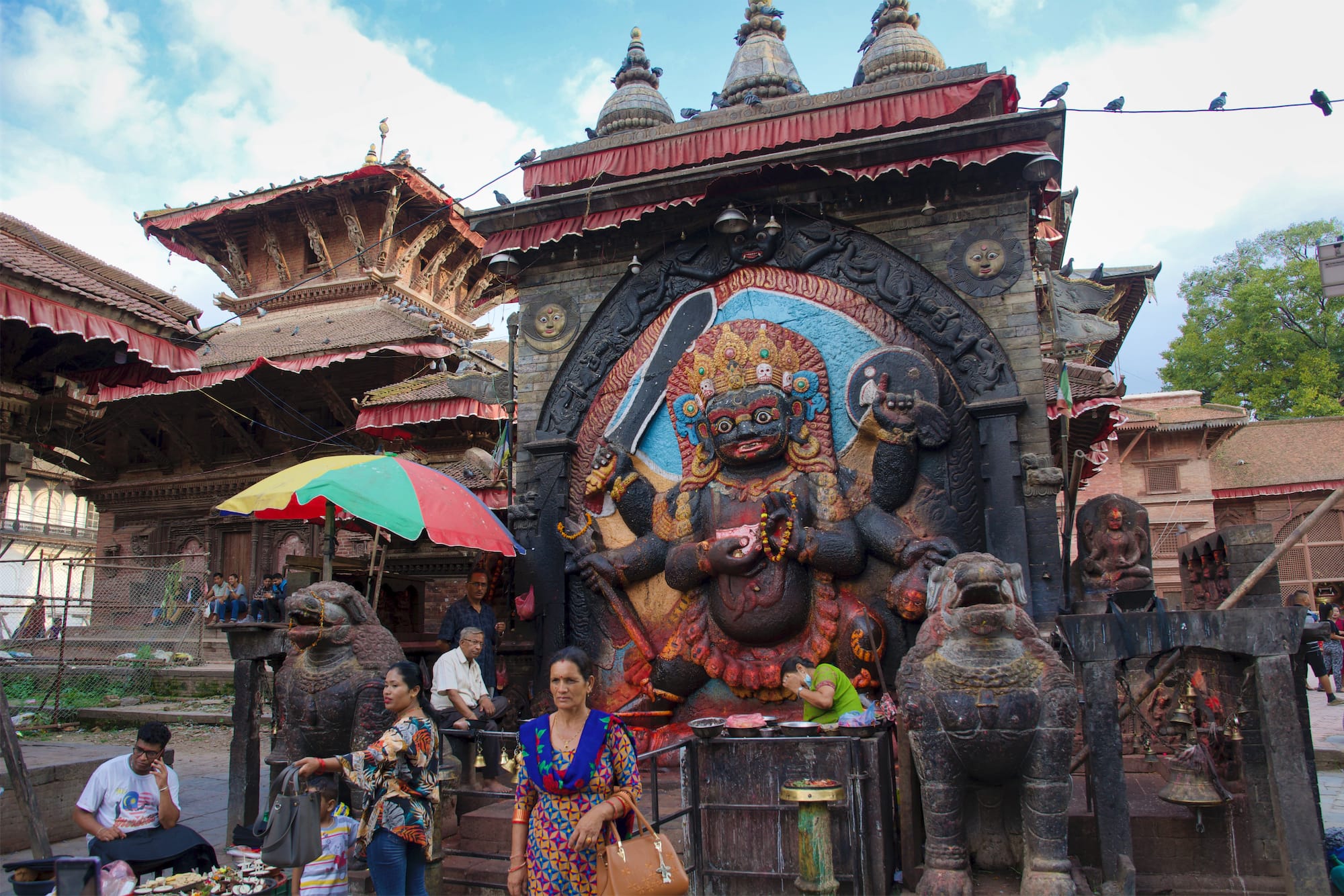
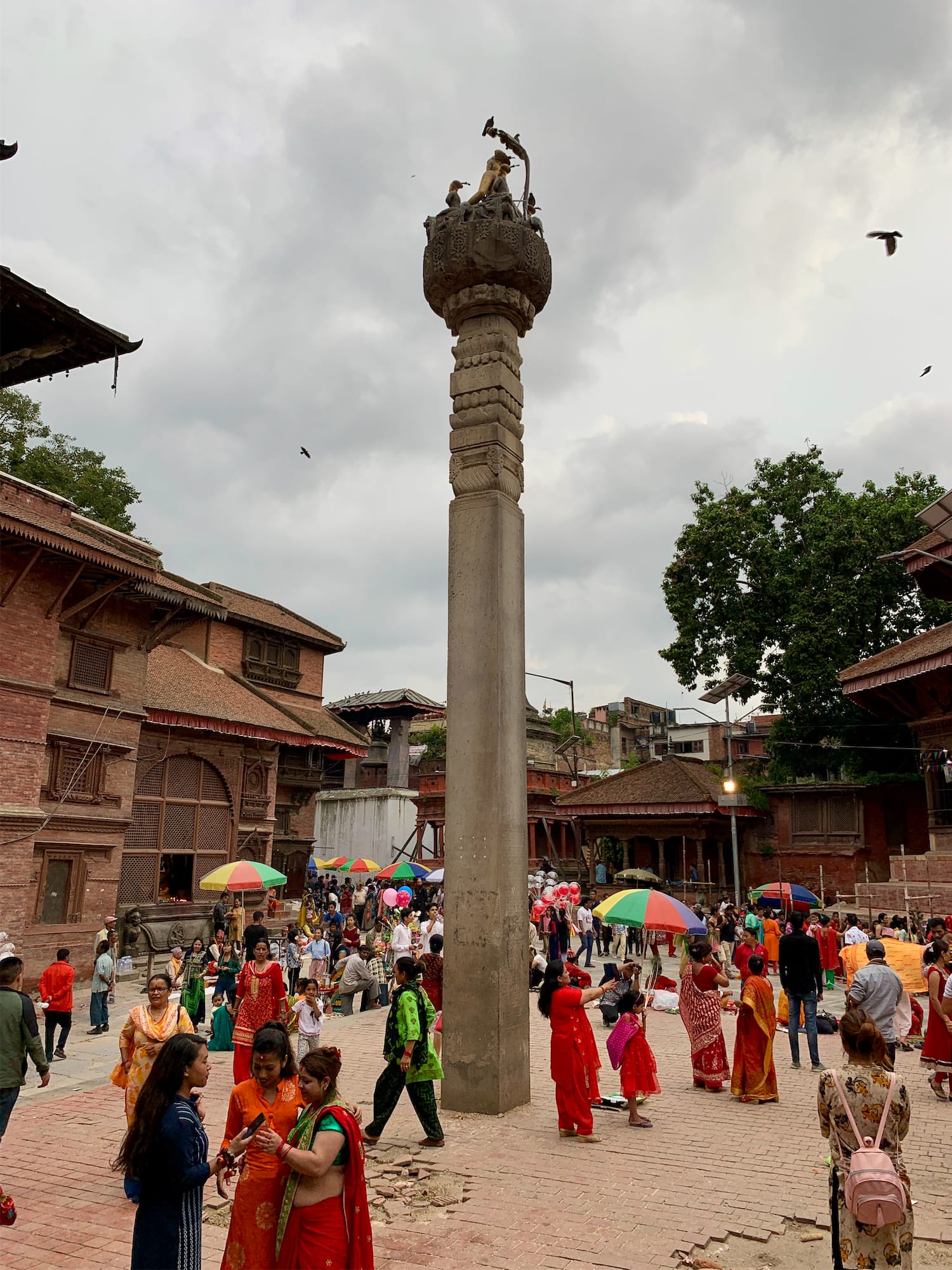
From the old town to Asan tole
Once you have completed your visit to the center, we recommend that you continue on foot north. The route will allow you to visit minor streets, teeming with life and small temples. Our first stop was Yatkha Bahal, one of several Buddhist courtyards, characterized by the large central stupa. Look around, among the tangles of electric wires and the remains of the earthquake we are sure that you will see elements of priceless art, such as the wooden window deshay madu which in Nepali means "there is no other similar".
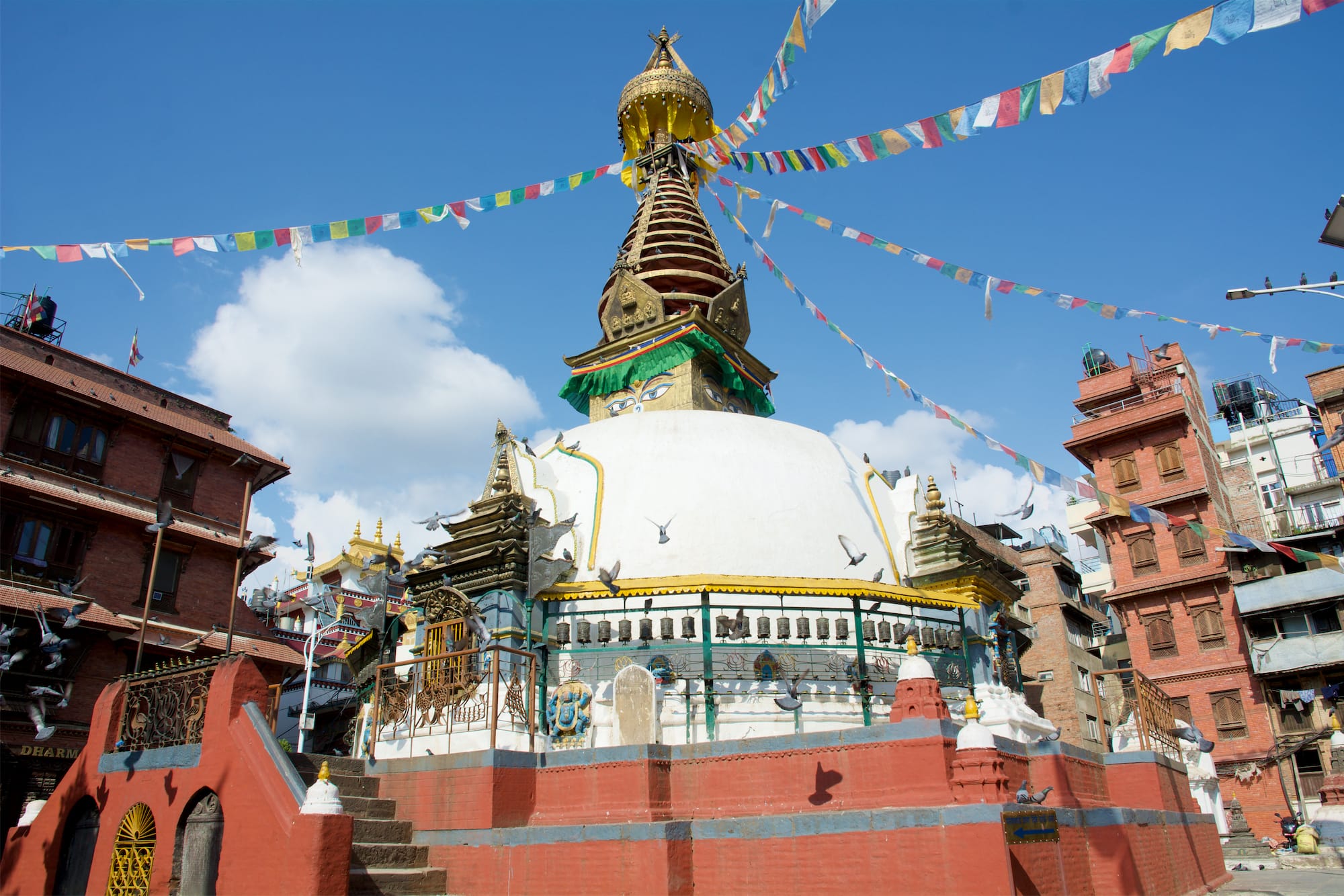
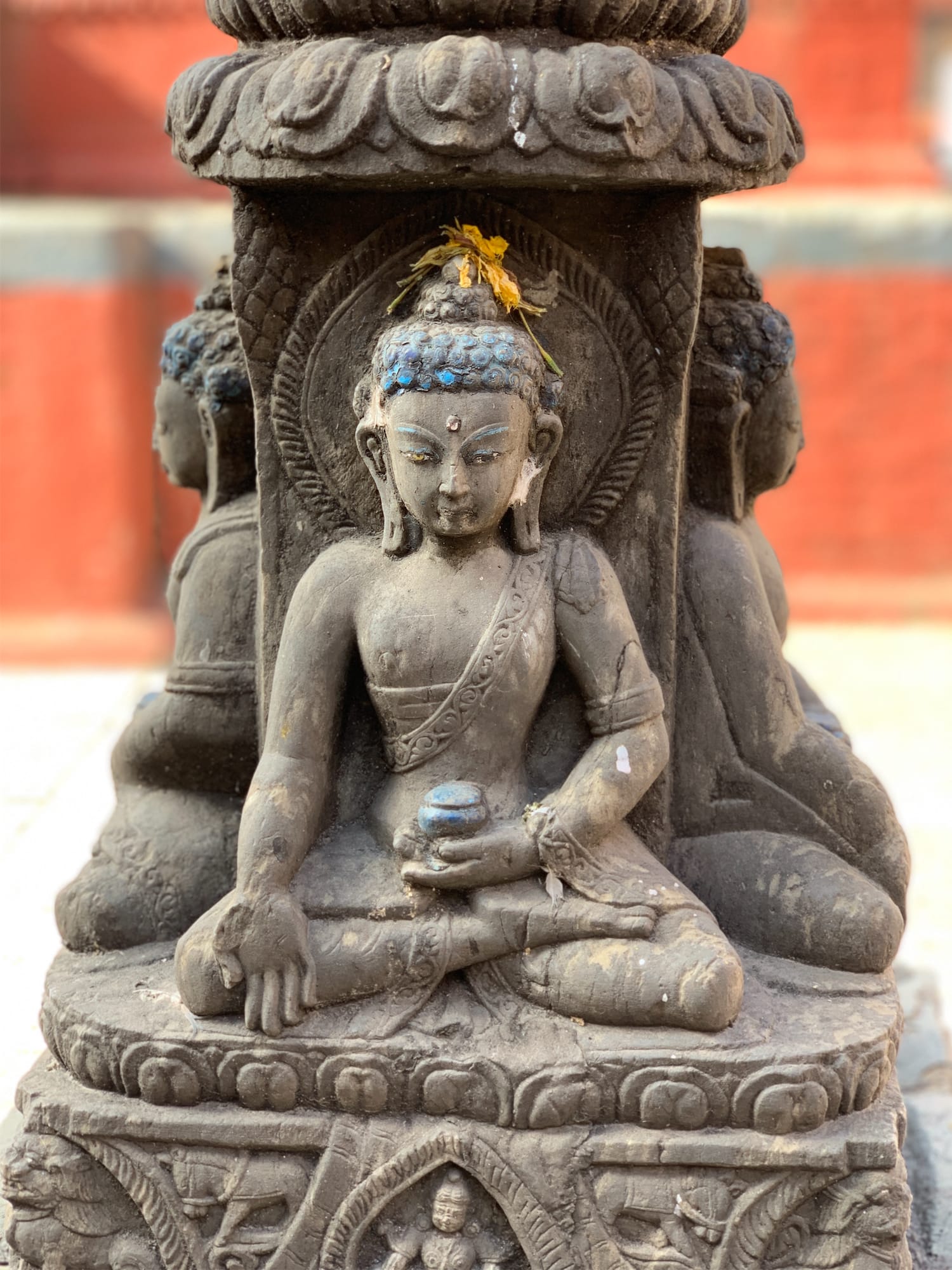
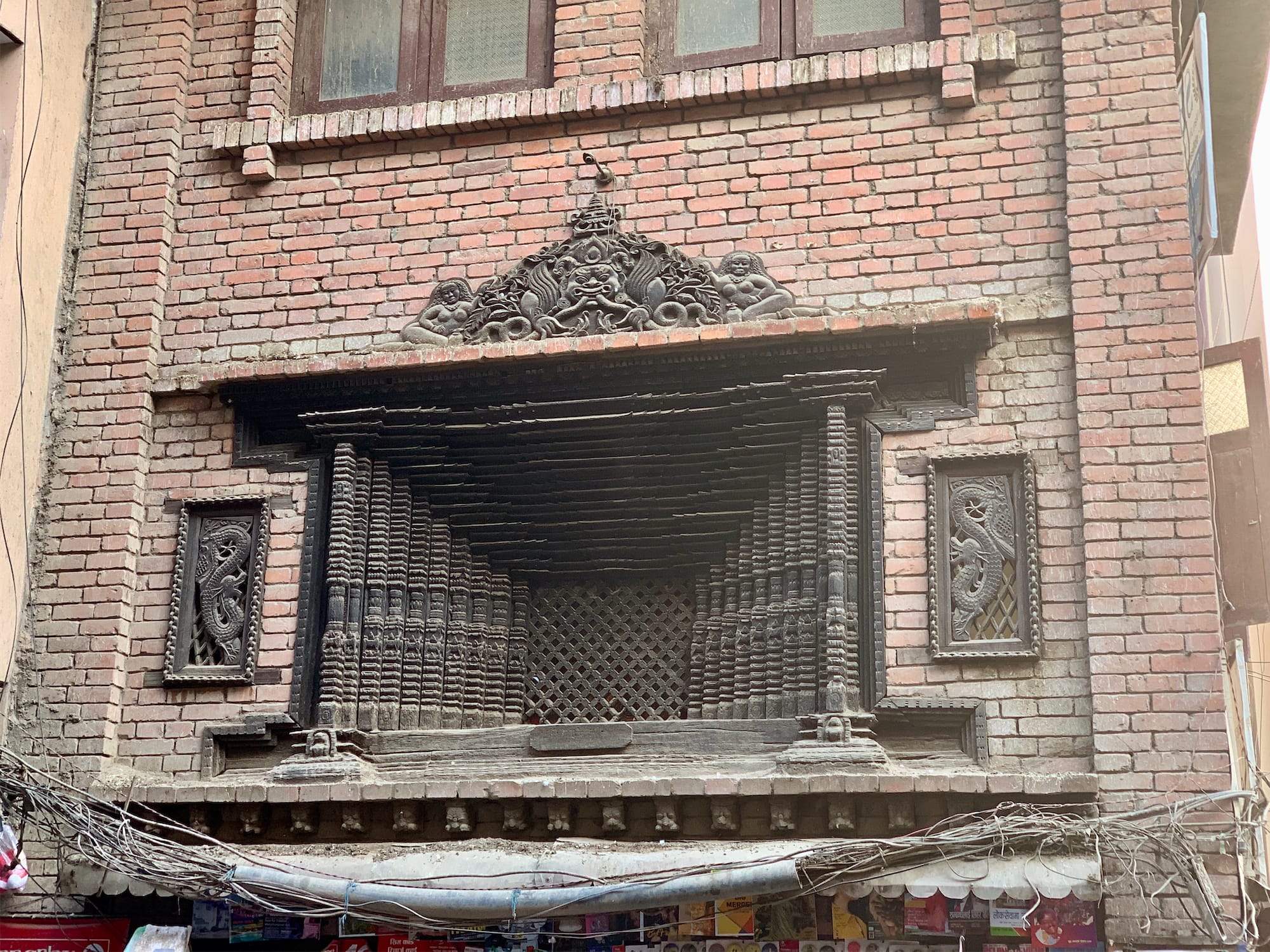
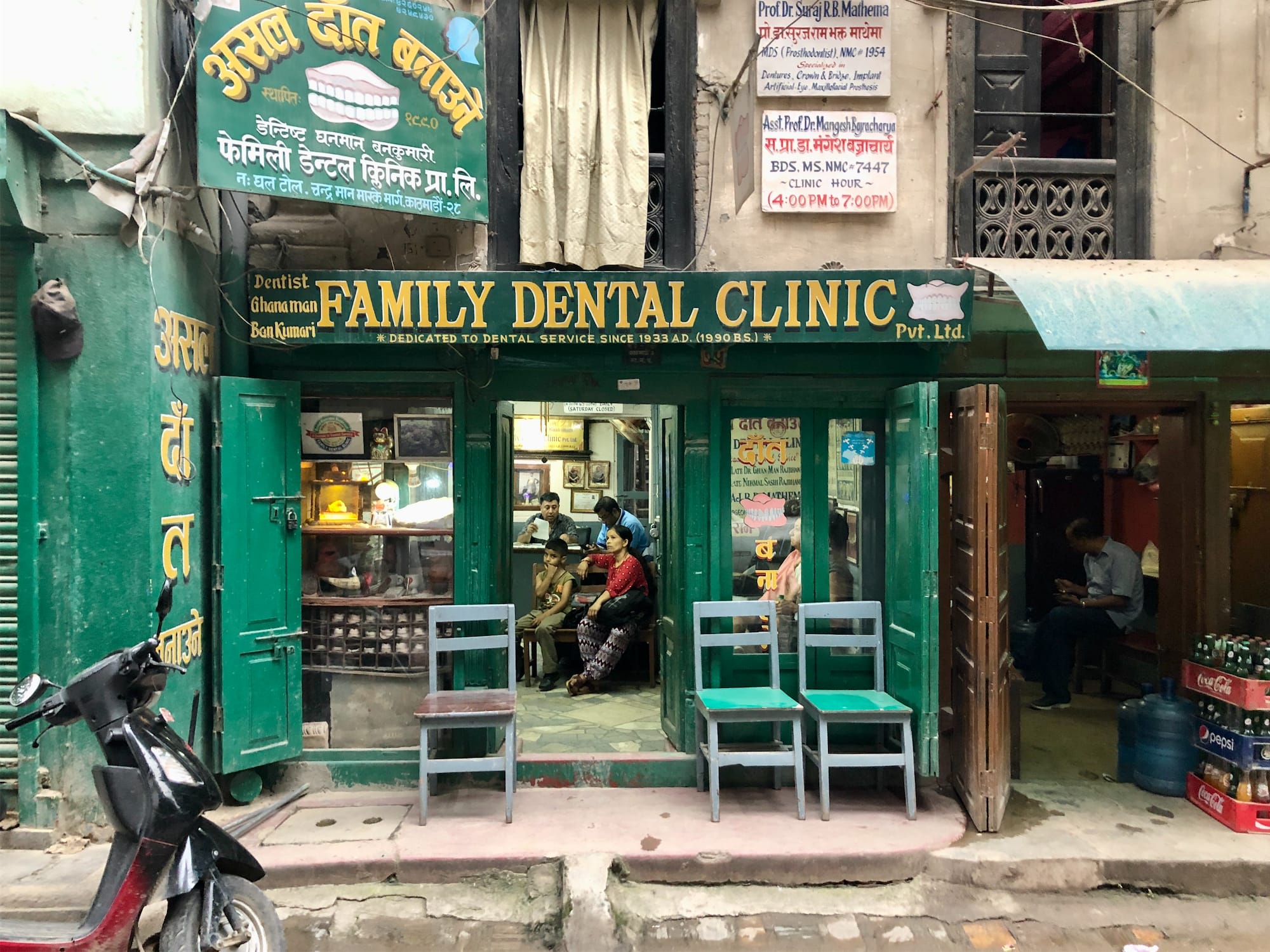
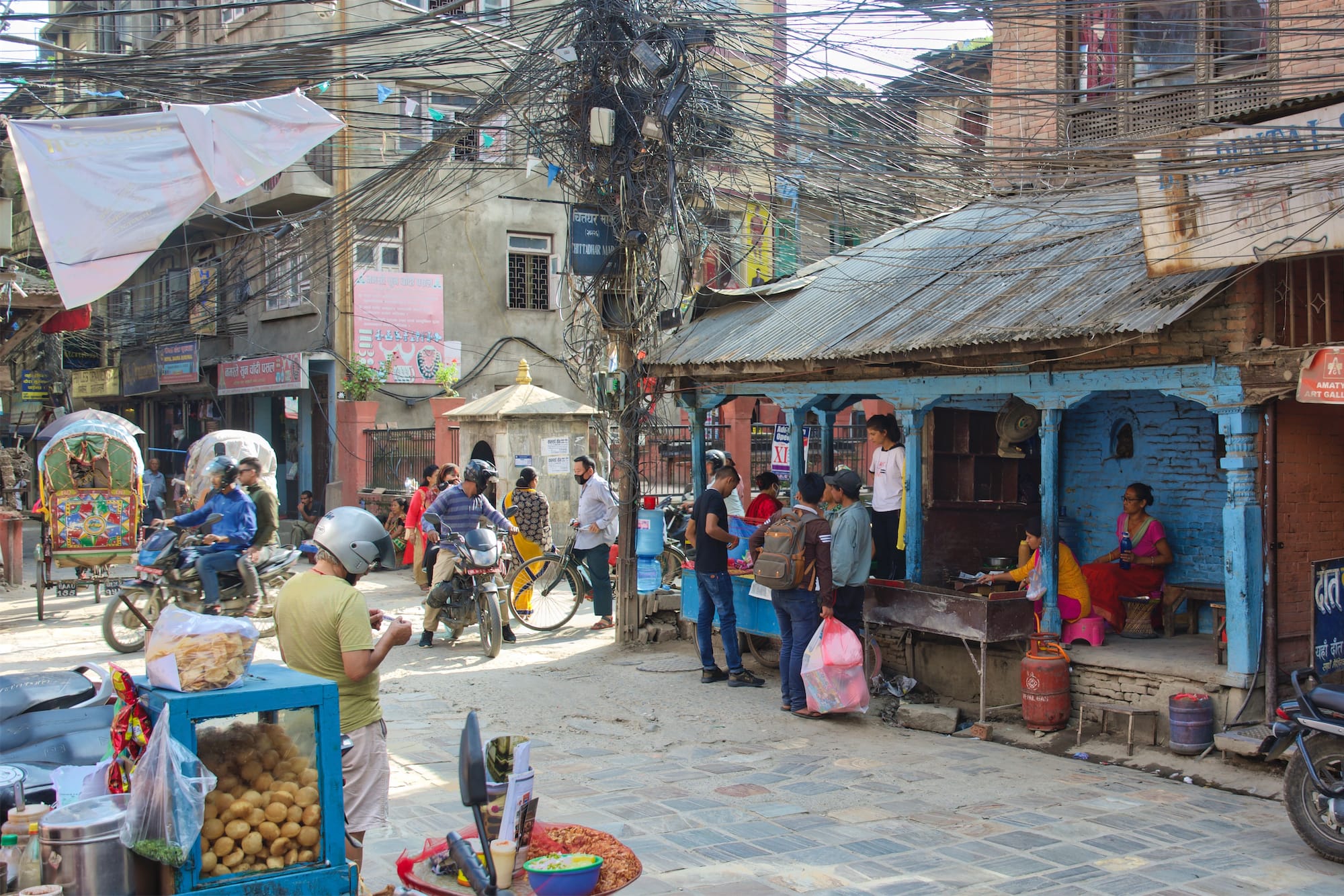
Continue to an intersection, where you will find the golden Nara Devi Temple, dedicated to Kali, the consort of Shiva. Legend has it that the powers of this goddess have protected him during the various earthquakes that have struck this area over the years.
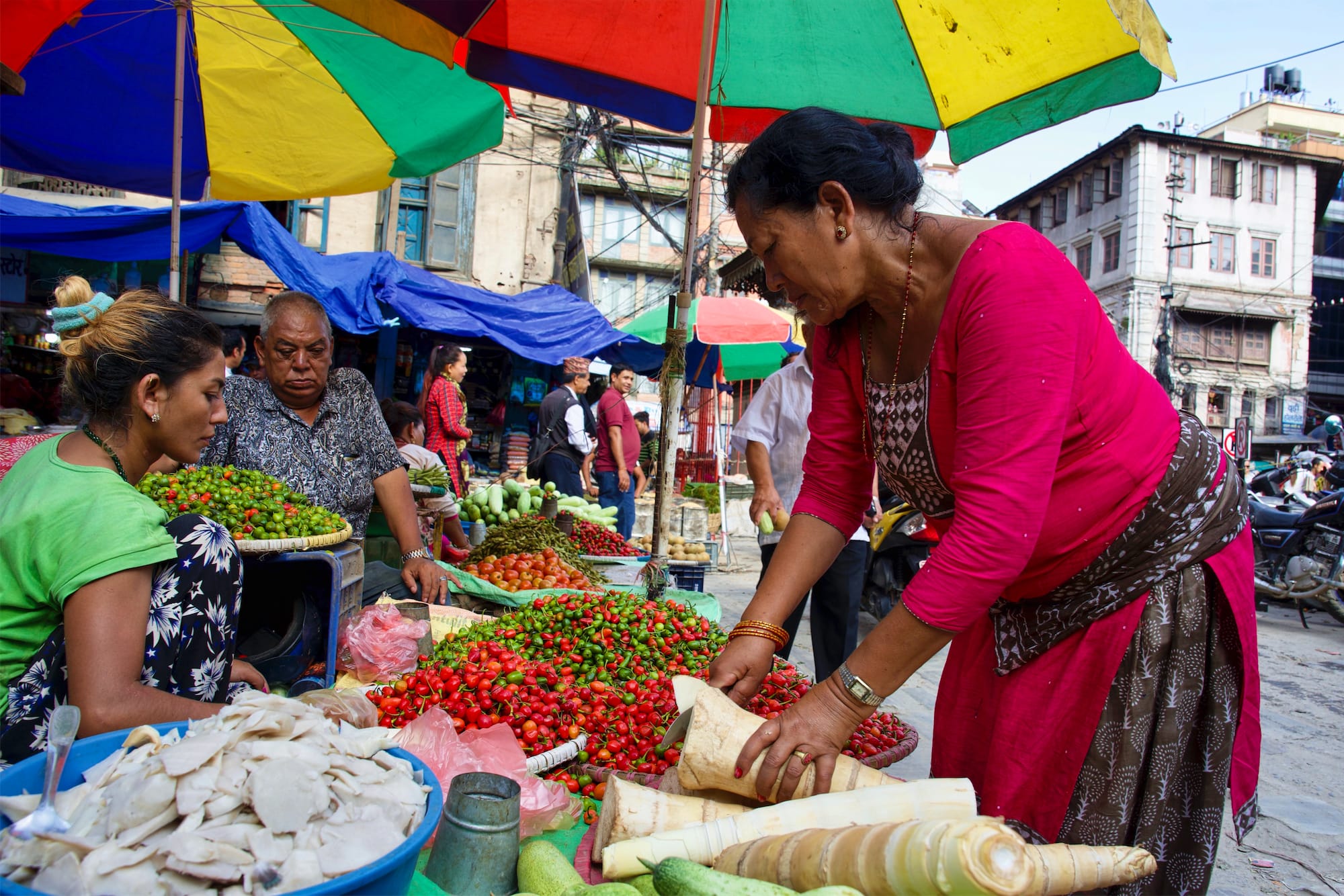
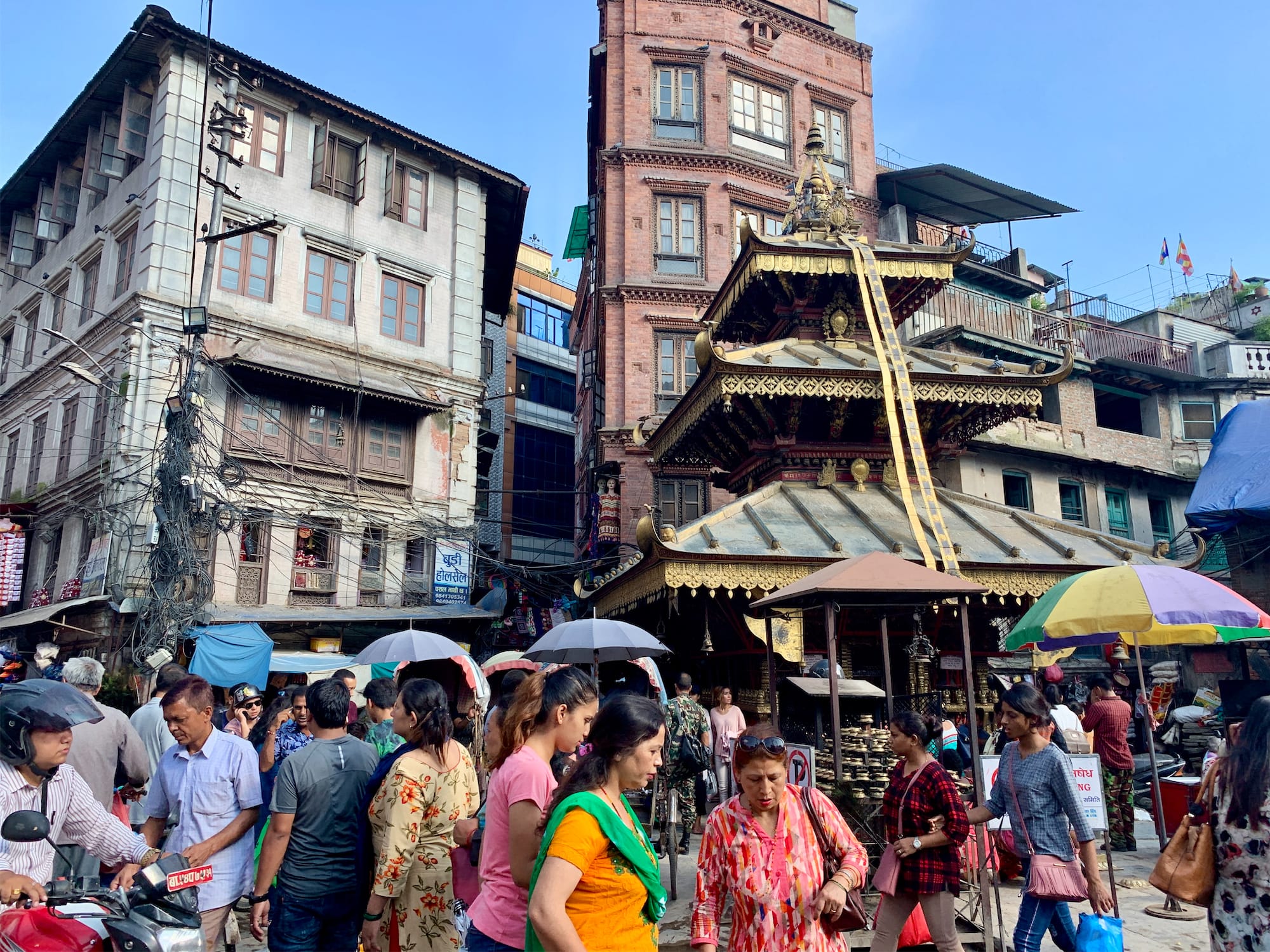
Continue until you reach Indra Chowk, this traditionally animated intersection sells fabrics and blankets, which merchants arrange on the steps of the Mahadev Temple.
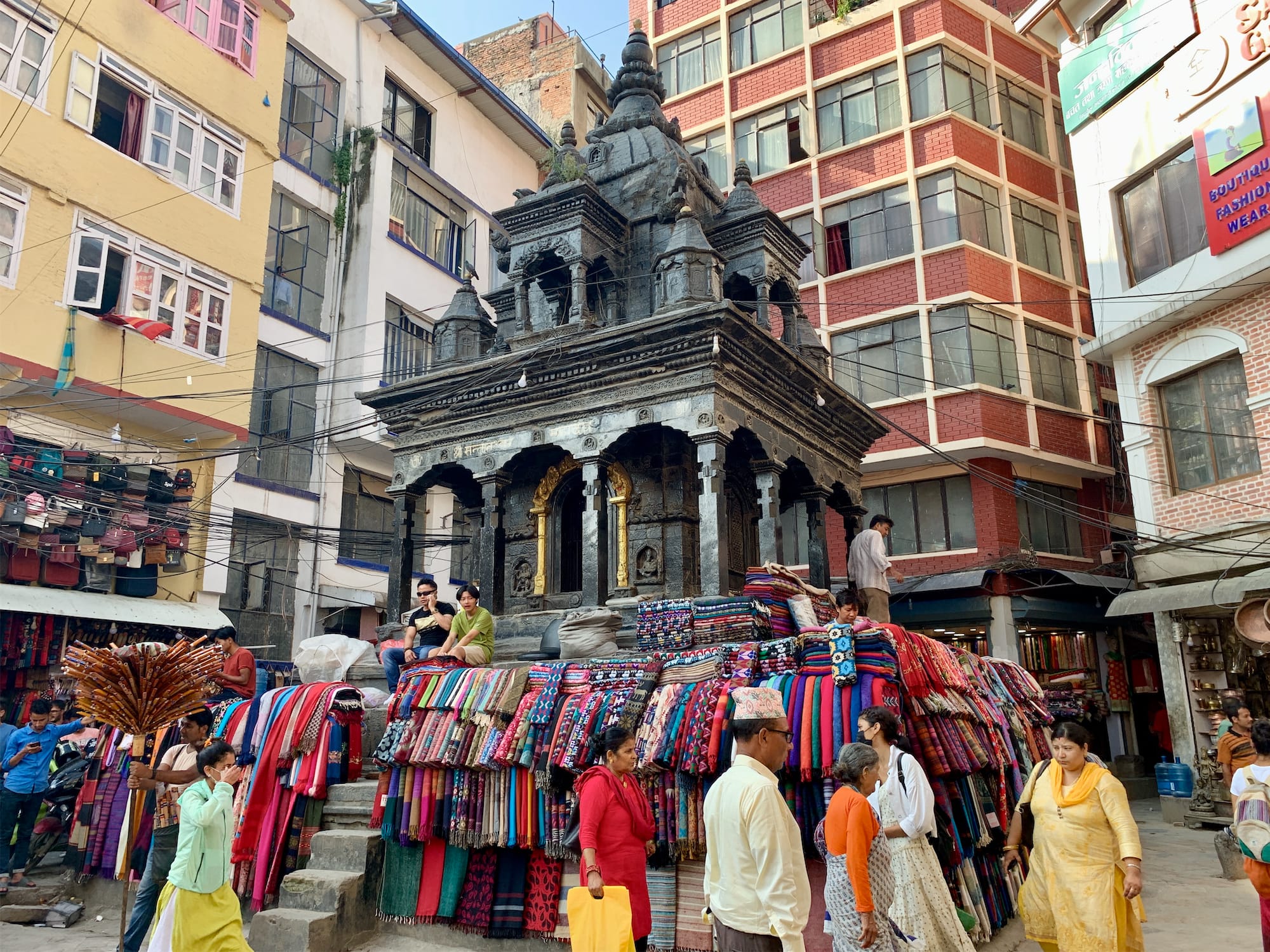
Continue along the road north to Asan Tole, one of the busiest intersections in Kathmandu, where six streets intersect and numerous vendors offer their wares in a veritable swarm of people. A chaotic, colorful and noisy street, where you can observe people in their colorful clothes, sometimes even traditional, intent on selling their products or moving around the city.
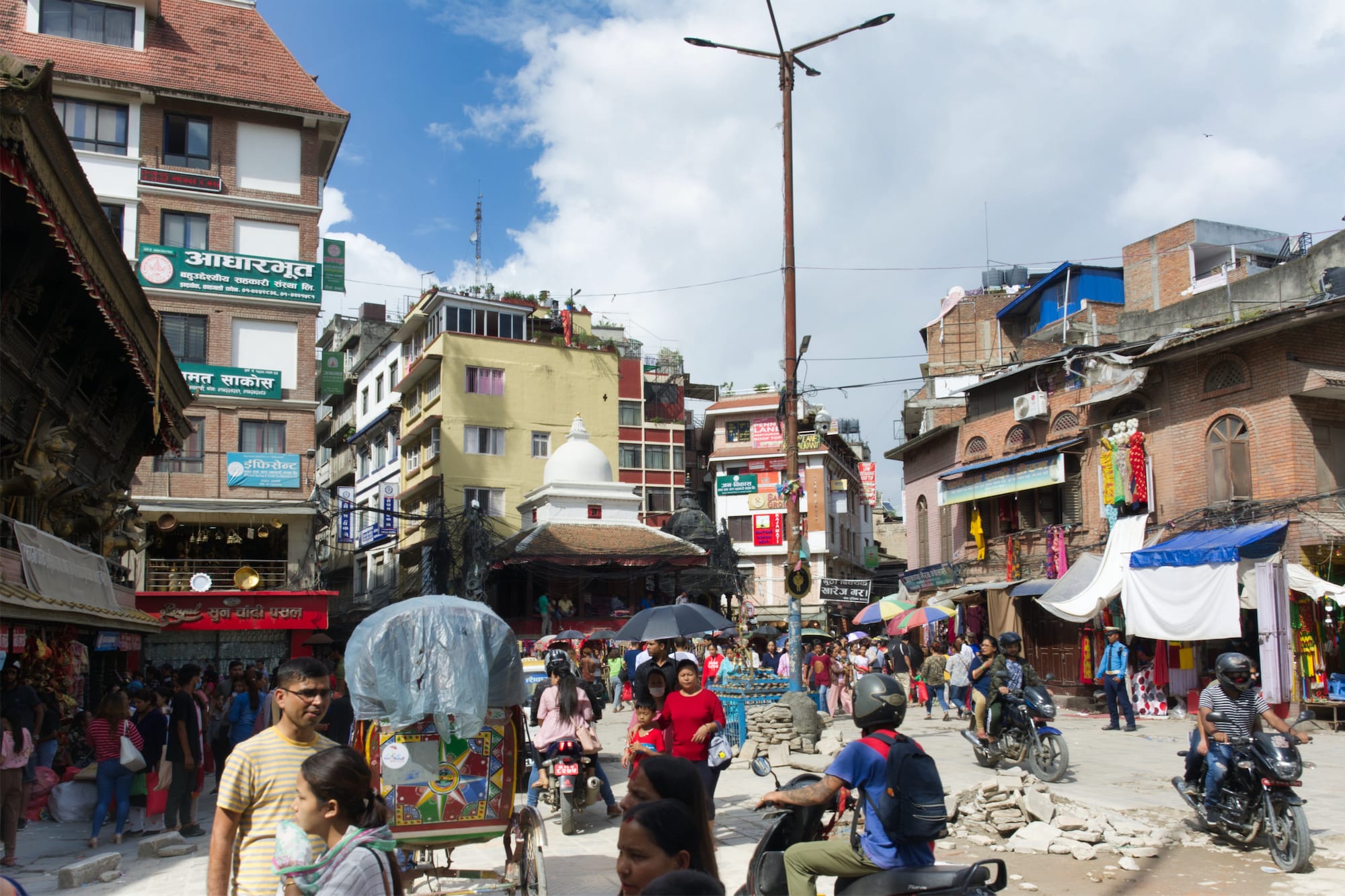

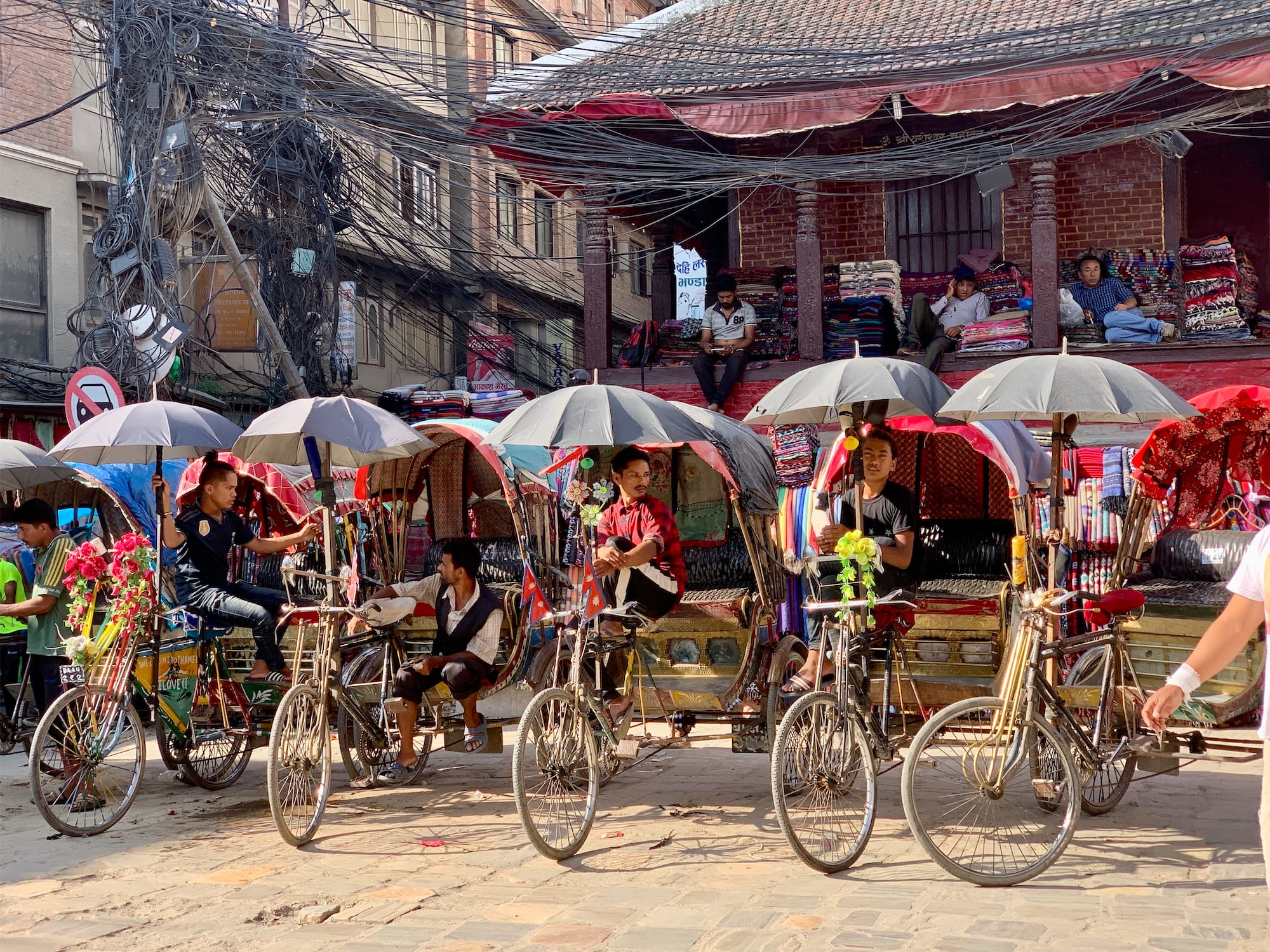
We are always enchanted by these glimpses of real life and not forced by tourism, here life continues as it once was, despite the tourists (actually, few) and the damage of the 2015 earthquake. Selling apples or sharpening a knife, here has a charm of other times, which we hope will not soon be canceled by globalization that makes everything homogeneous and equal.
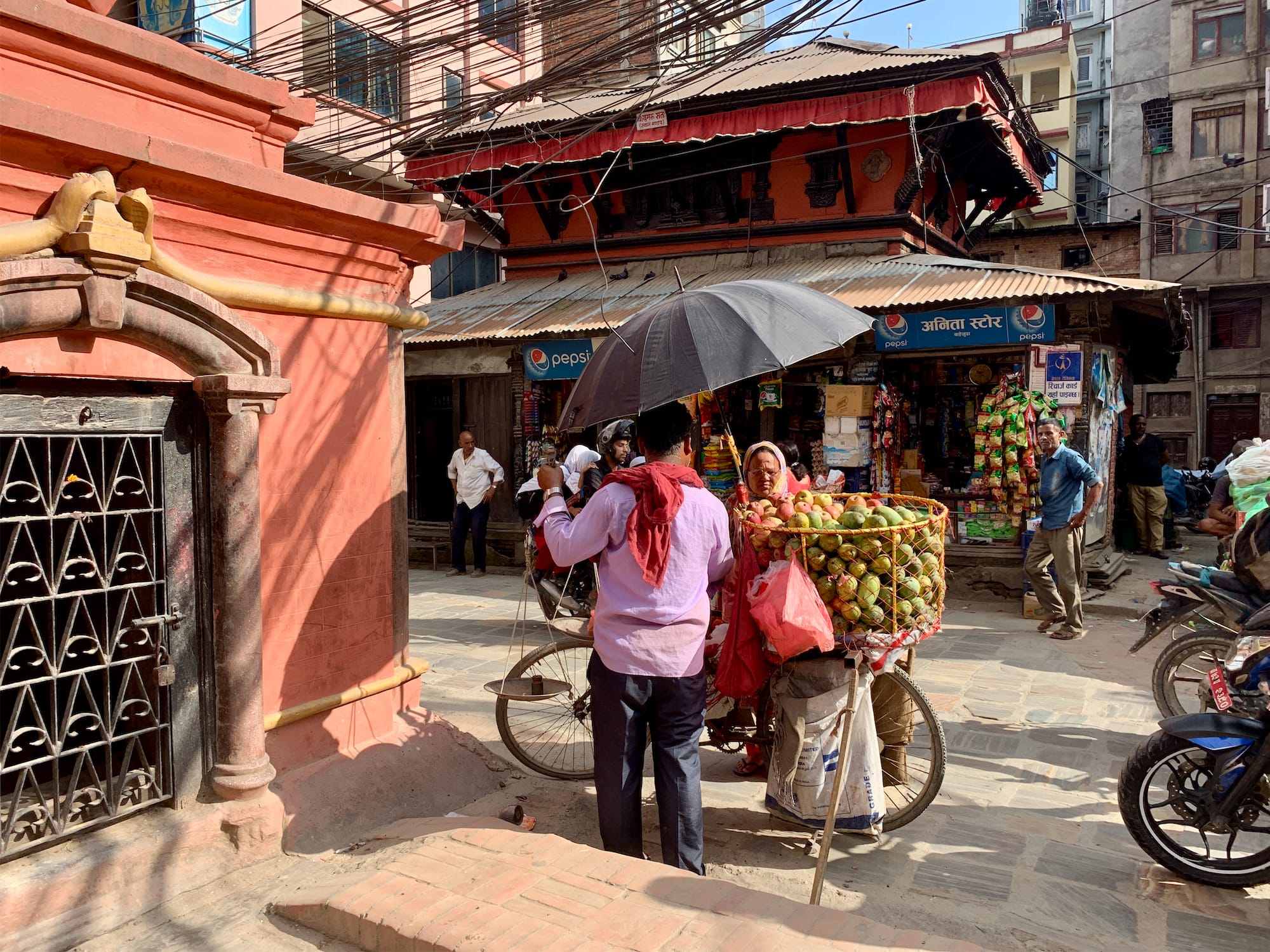

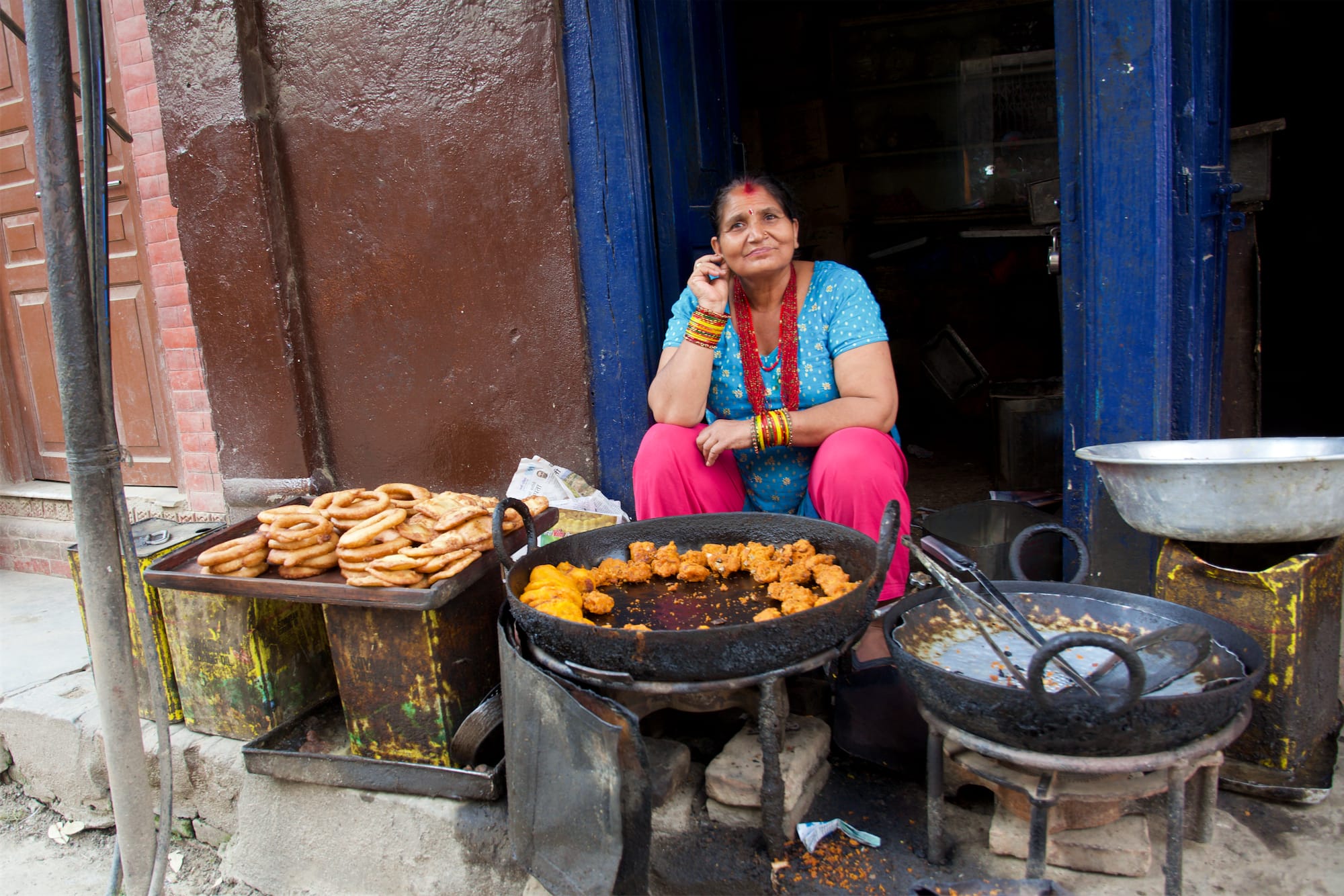
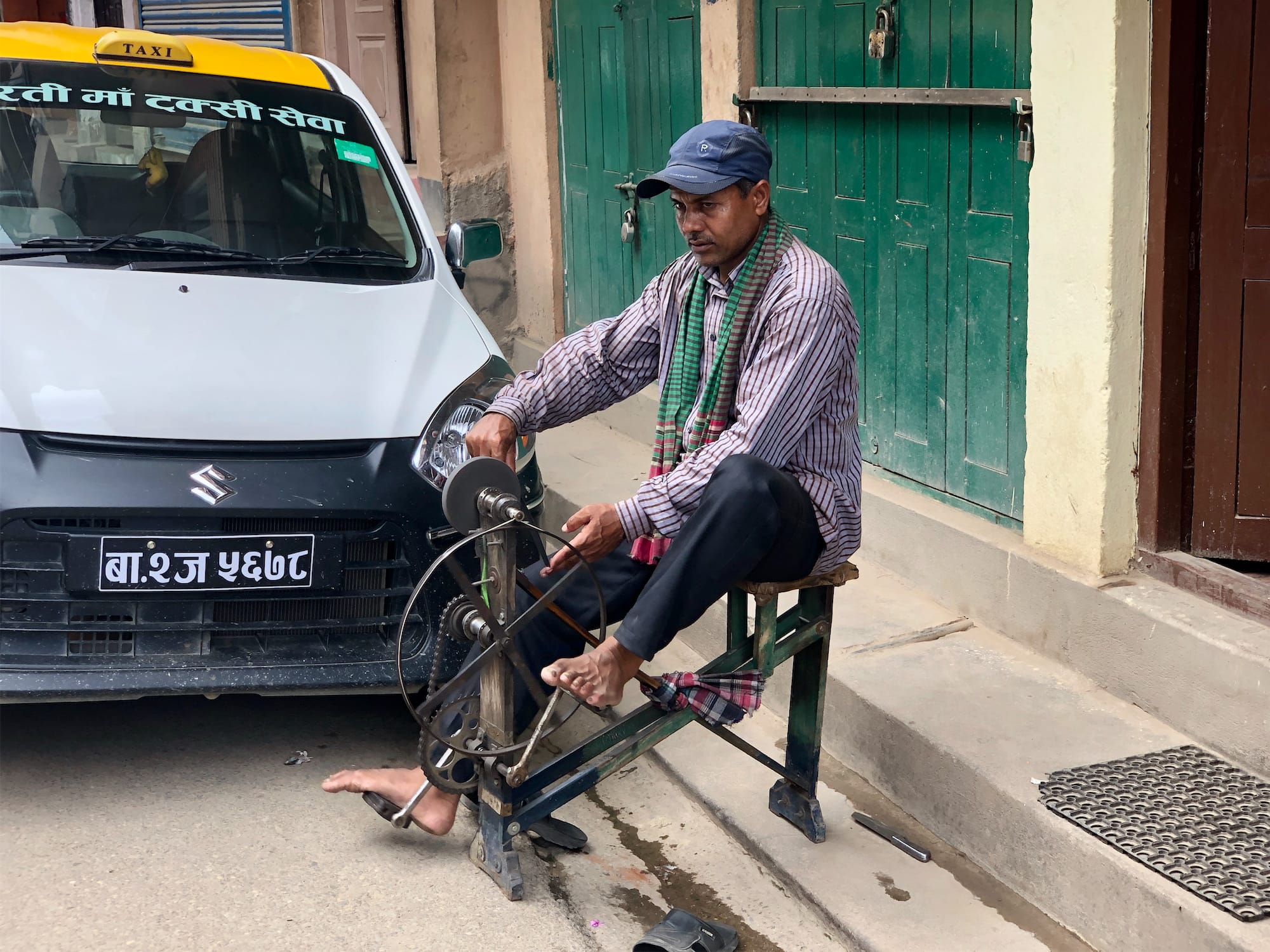
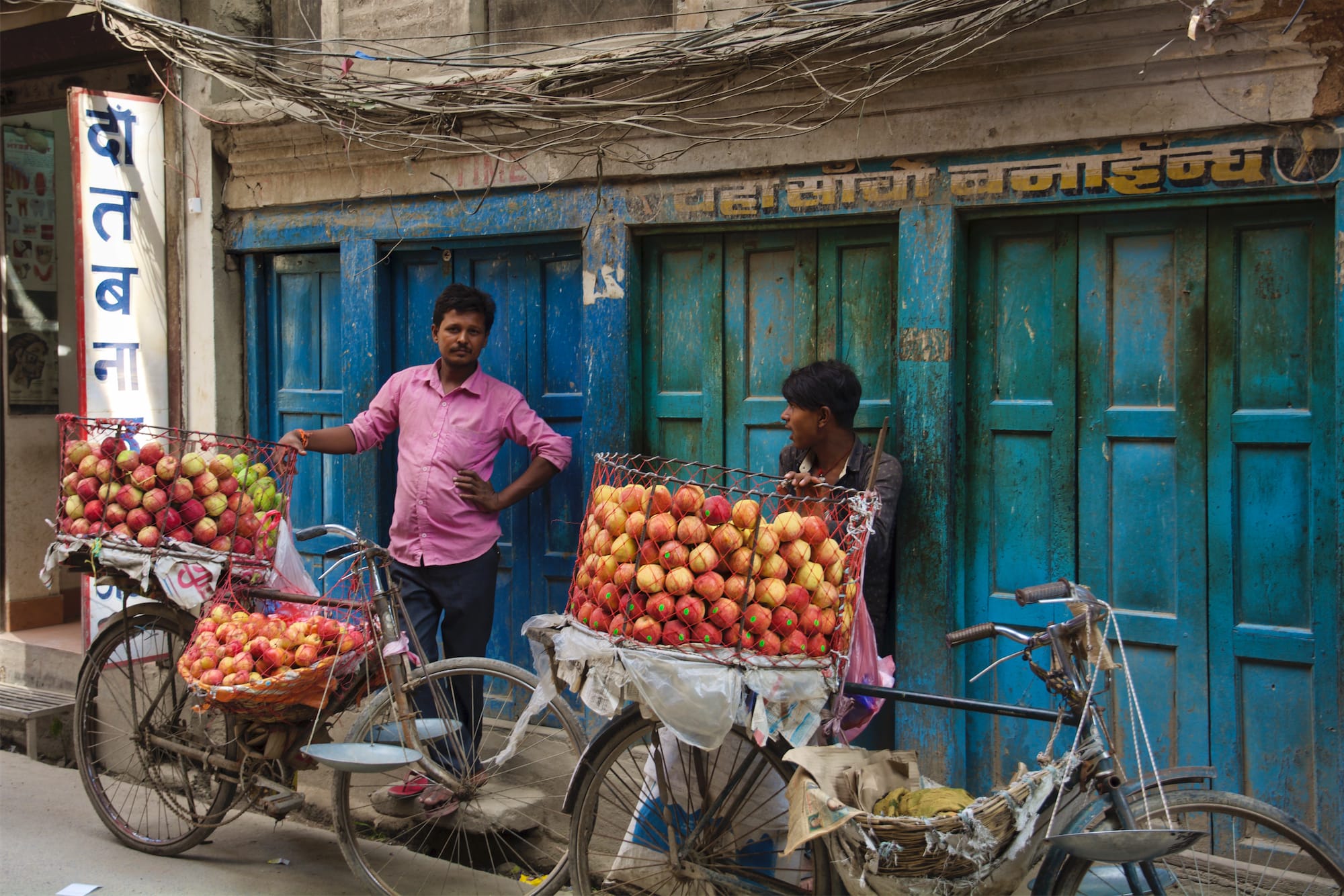
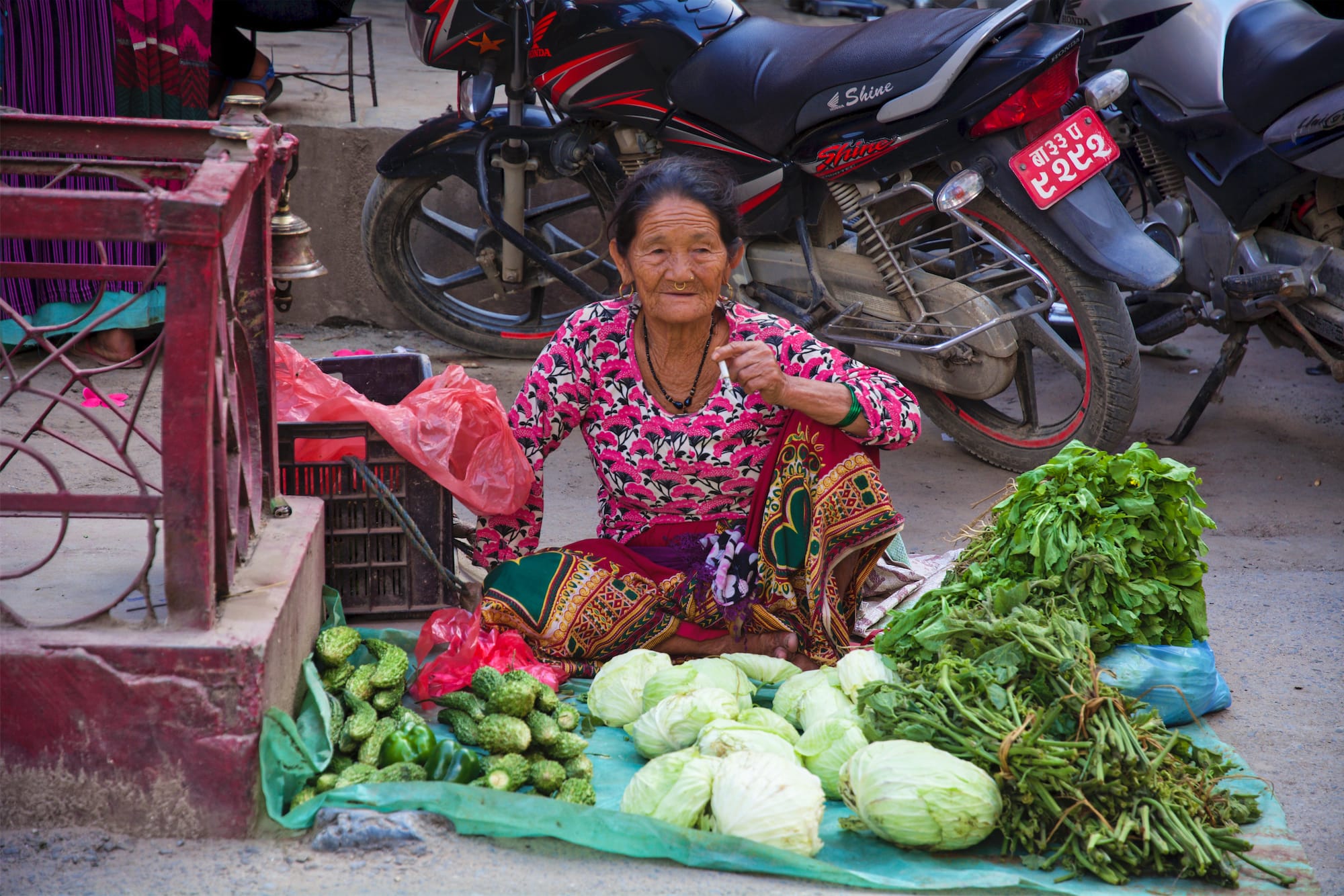
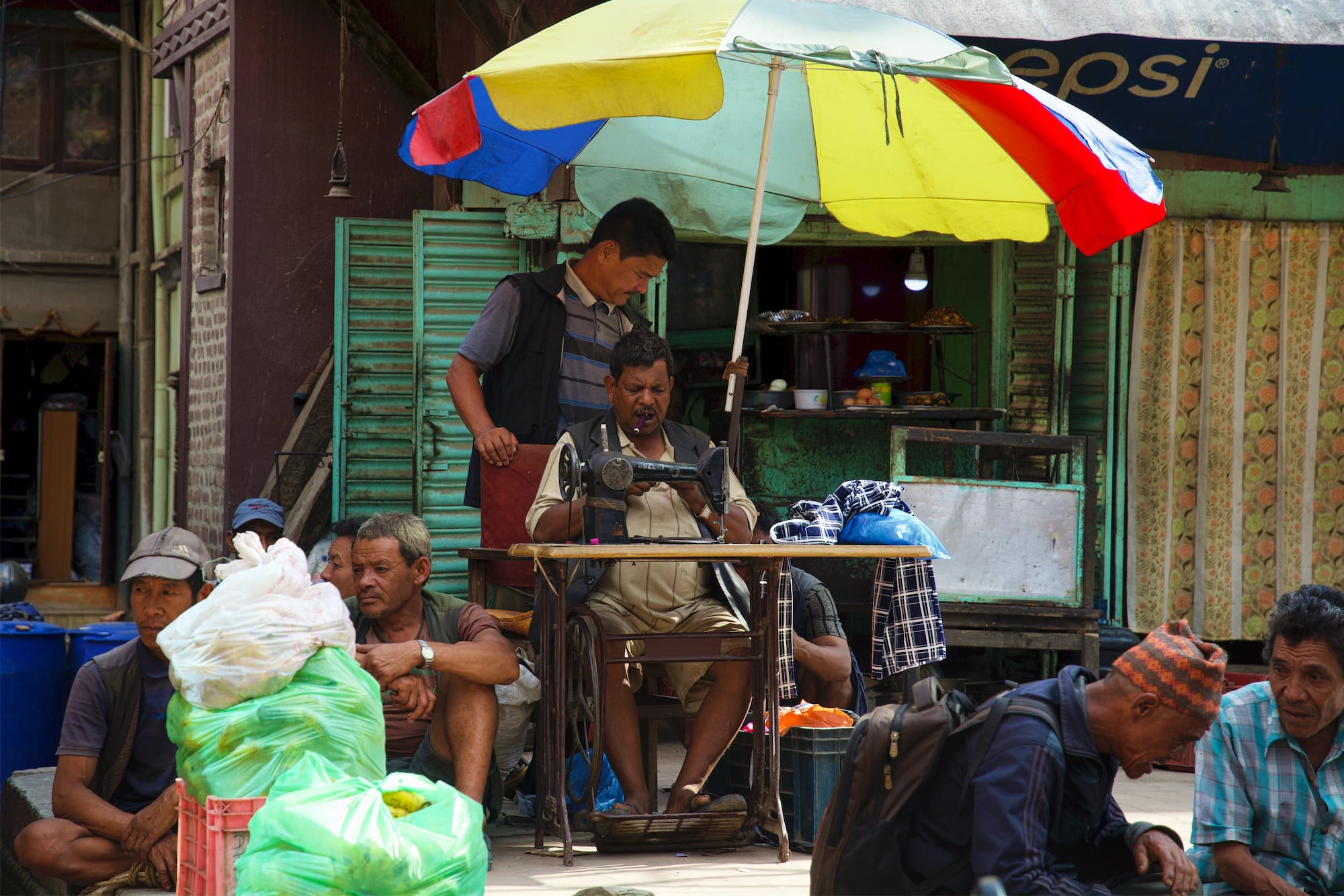
Before your trip
- Best time to go? We were there at the end of August, from 22nd to 25th. We found fantastic days of sun and clear skies. The most recommended period, however, goes from October to December for trekking in the mountains
- How to move? The center of Kathmandu can be easily visited on foot, the streets are very busy, so pay attention. If you have the opportunity to stay for several days, I recommend you go to the touristic office of Durbar Square to extend the validity of the admission ticket to the square until the end of your visa (you will need a passport photo)
- Where to stay? The hotels here arise and change very quickly, I advise you to carefully check the recent reviews of the structure you choose. We have been to the Beautiful Kathmandu Hotel. After some problems with the assigned room (it was not the one of the booked category), the rest of the stay was quiet and without any particular hitches, except for a limited soundproofing of the room
- Where to eat? We enjoyed everything in Kathmandu. Nepalese cuisine combines Indian and Tibetan influences, tasty and savory dishes are offered at very low prices. Among the various restaurants, we point out Frens Kitchen Restaurant for his delicious chicken curry and momo, the little Fusion Himalaya cafe Restaurant, for the excellent soups and tasty curries. For a quick snack, we recommend instead Chik N Falafel, everything is freshly prepared and the falafels are really delicious!
- Where to buy souvenirs? In Kathmandu you can find many shops that customize clothing with low-priced writings and logos. Choose the garment to embroider, the decoration will be ready in a few hours. Another characteristic product are pashminas of different quality, which can be found at affordable prices compared to the quality offered
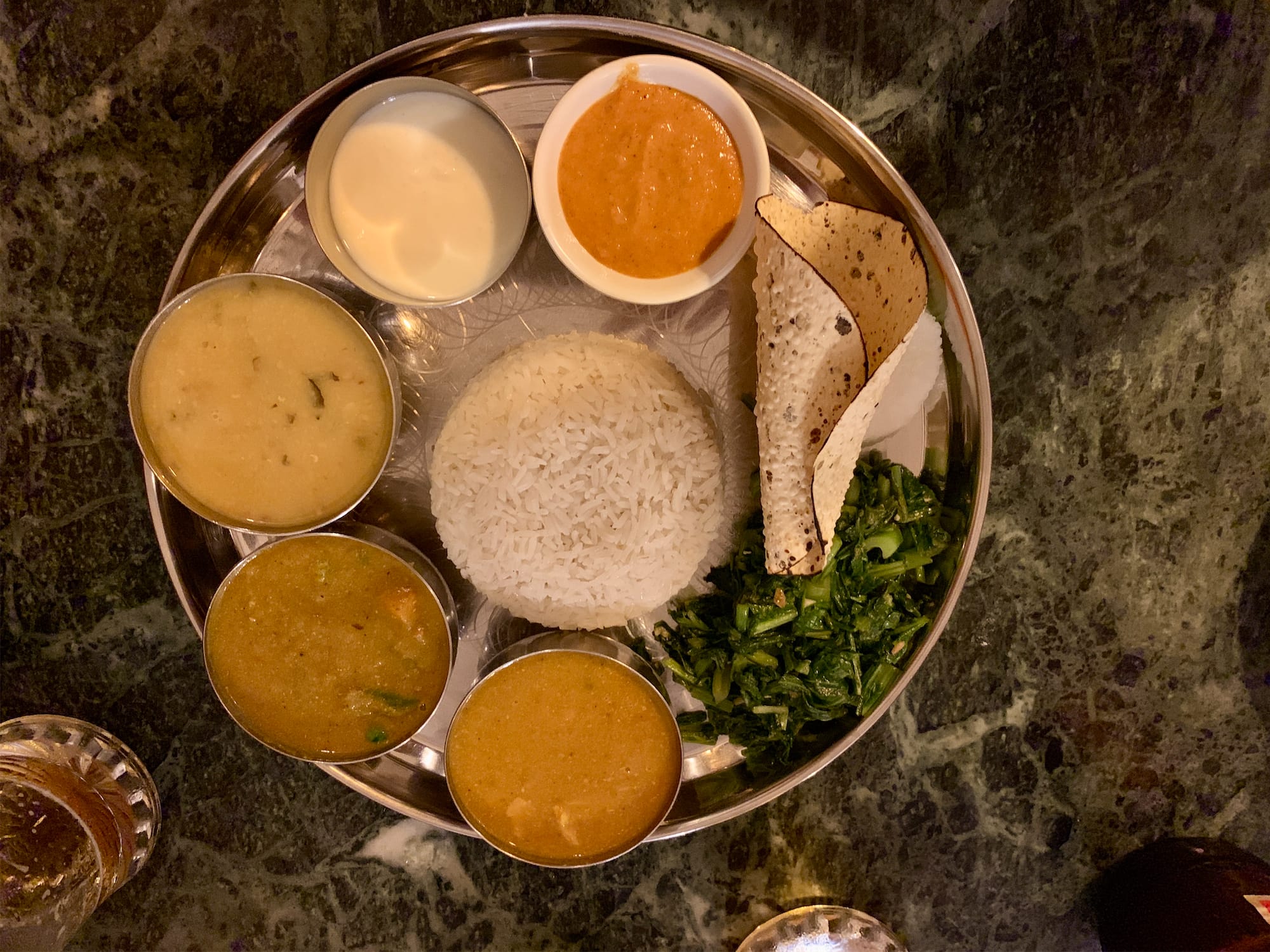

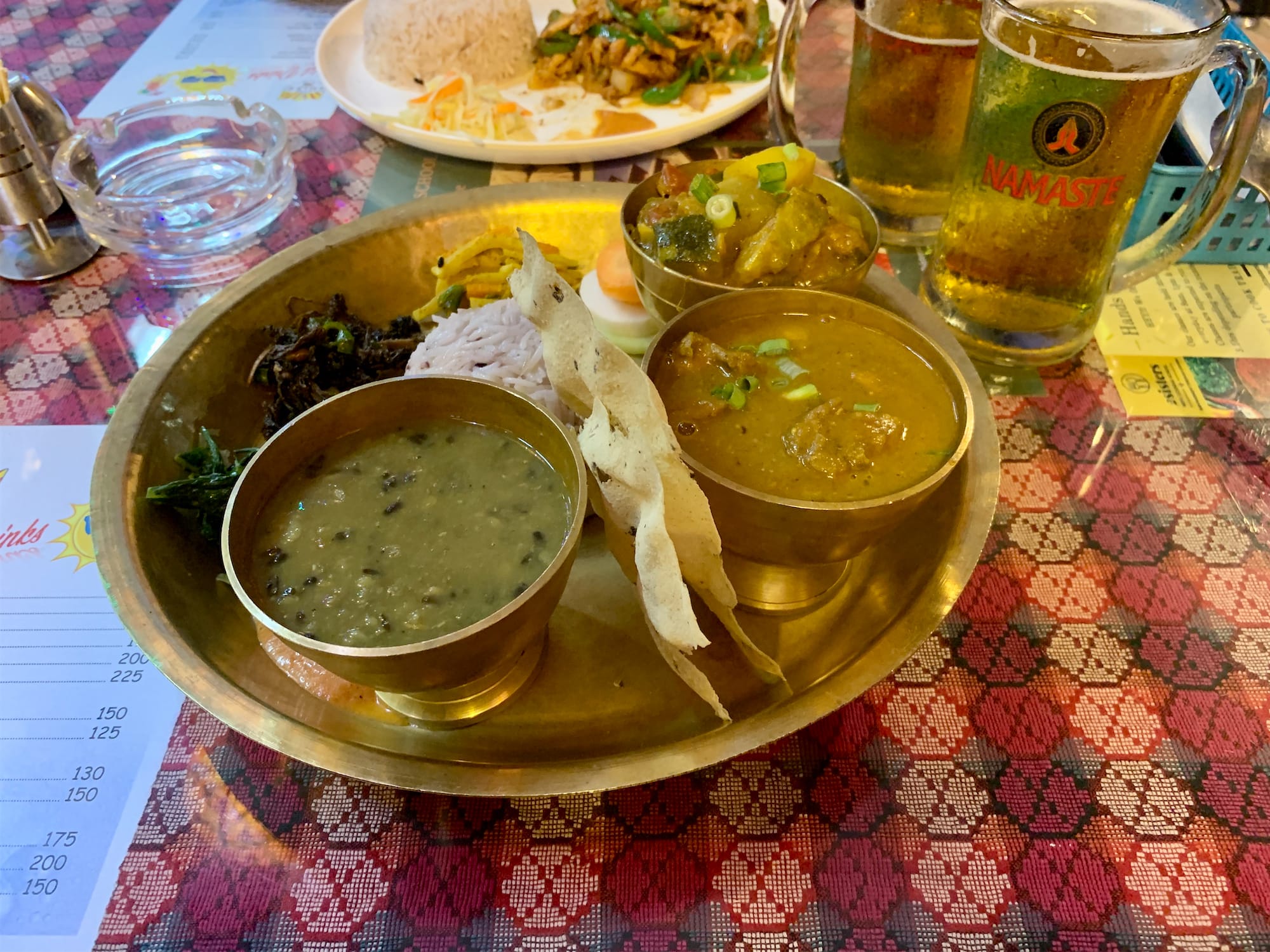
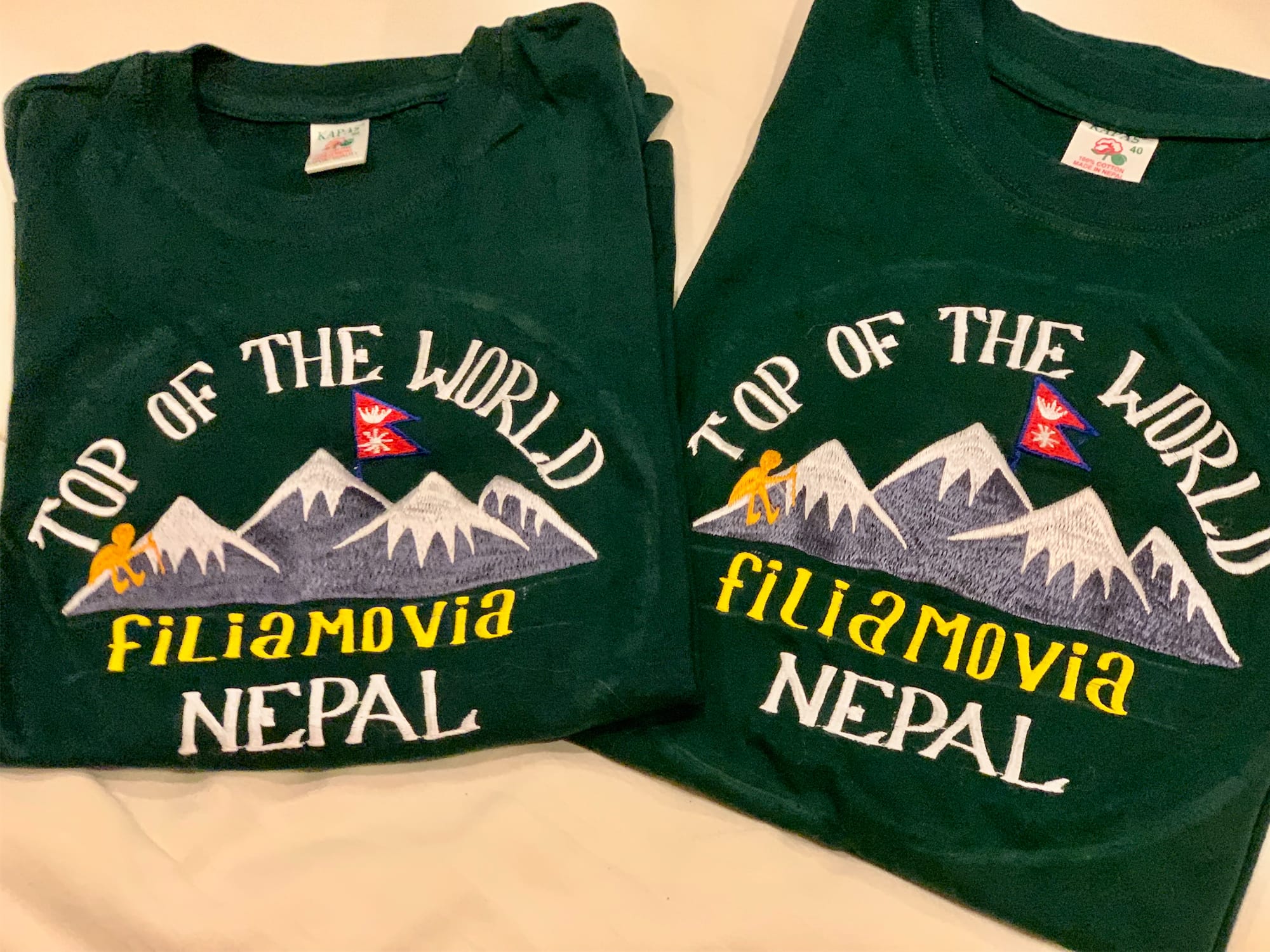

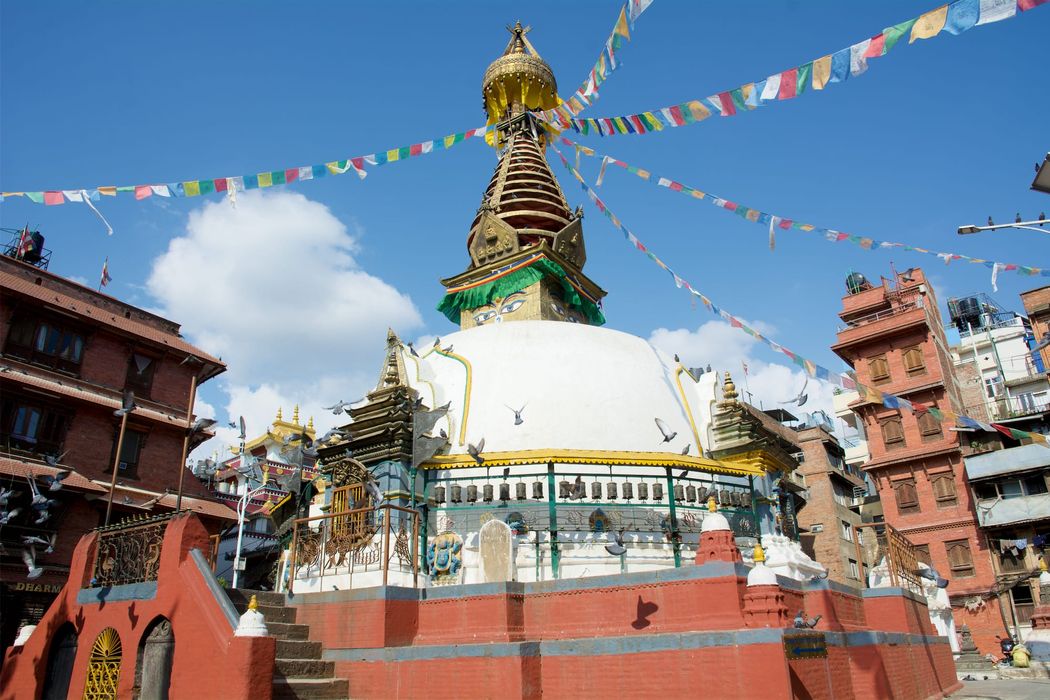
Comments